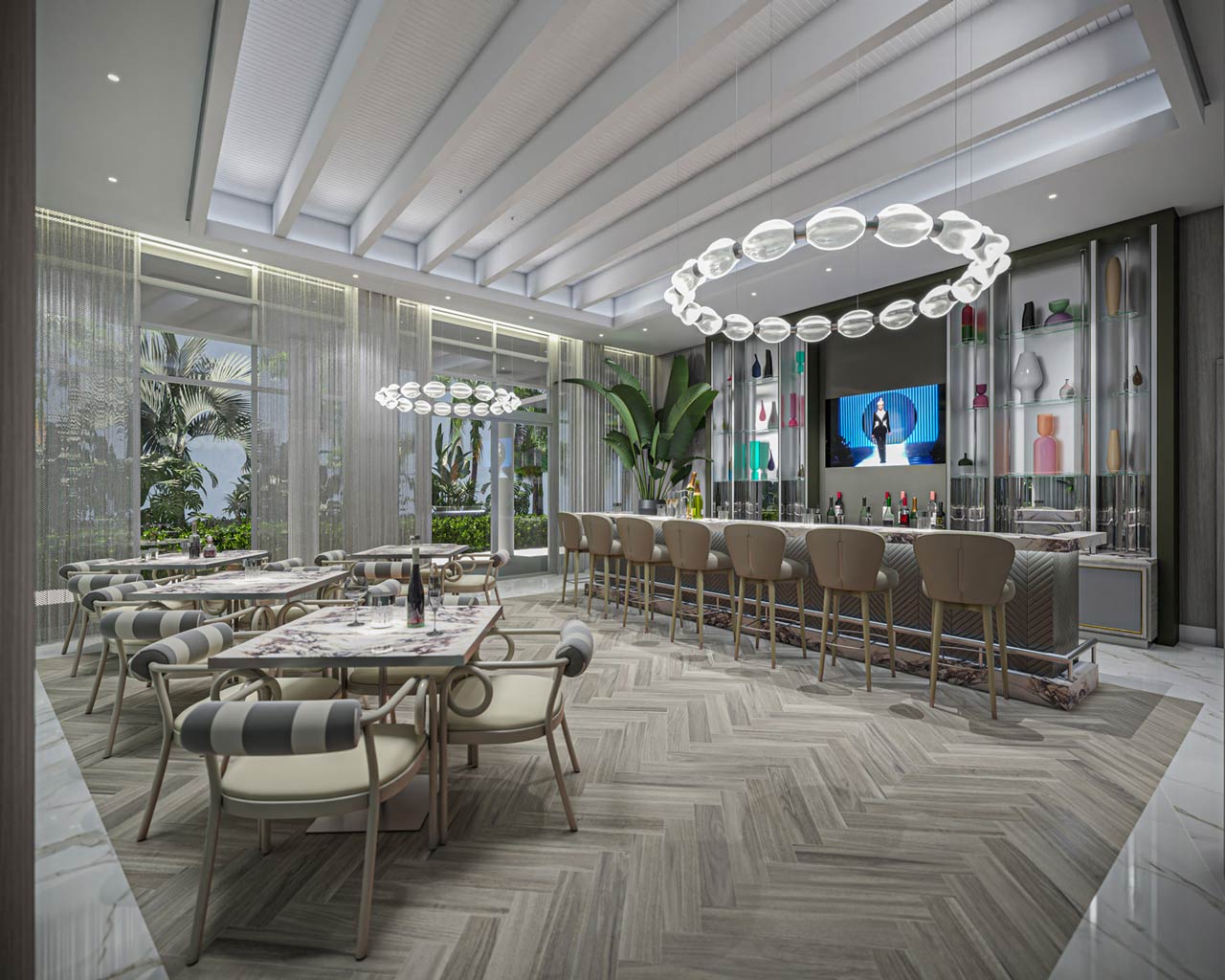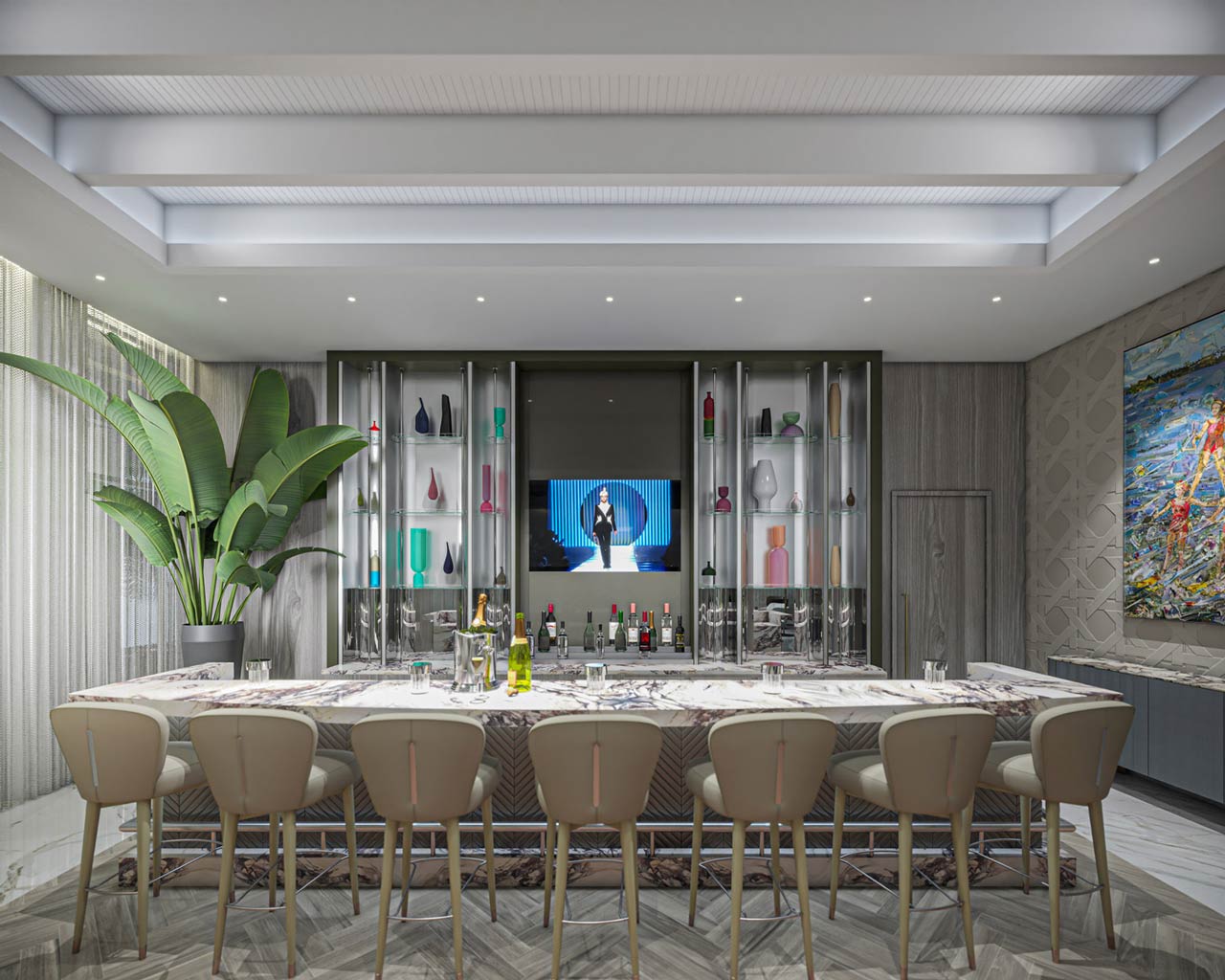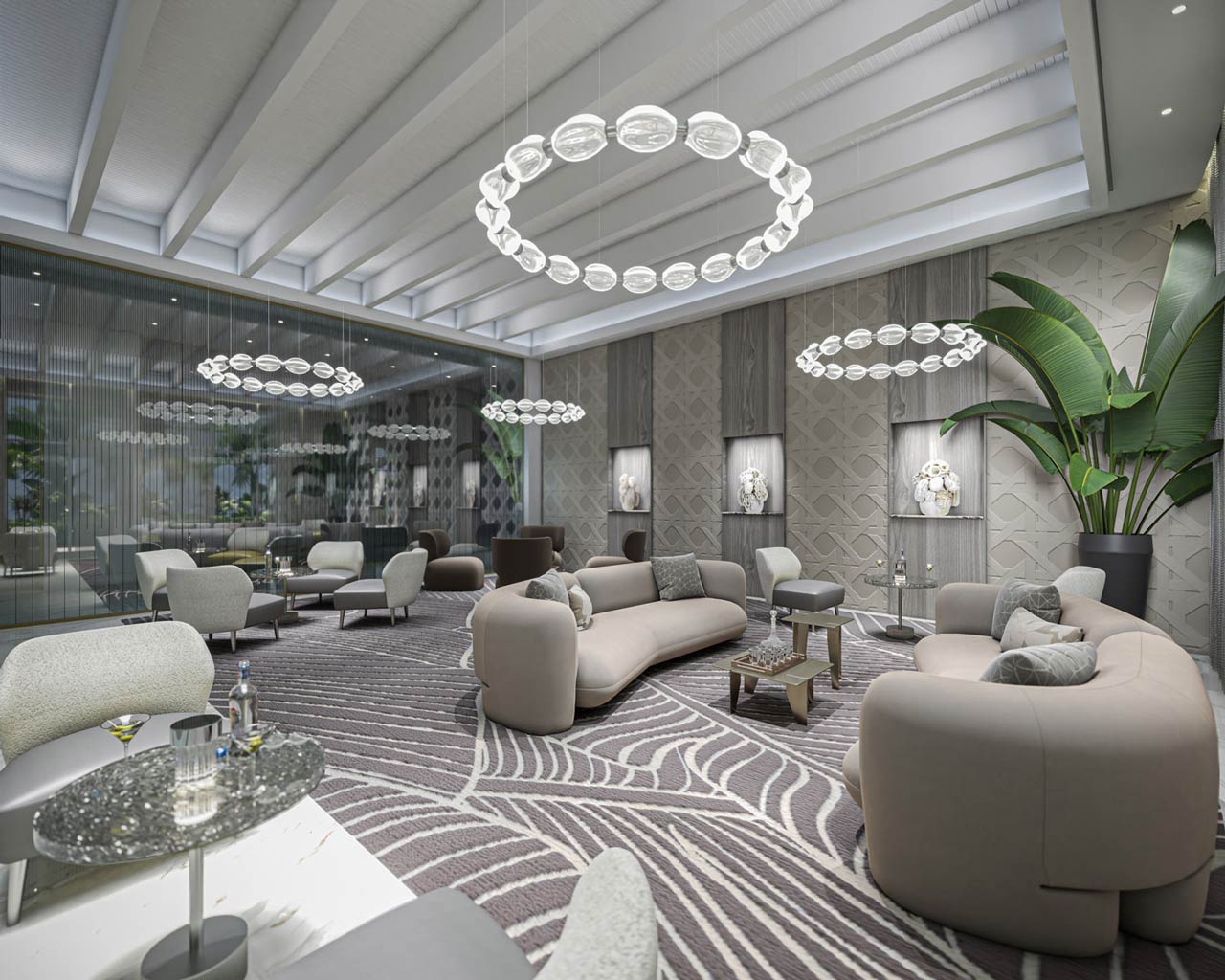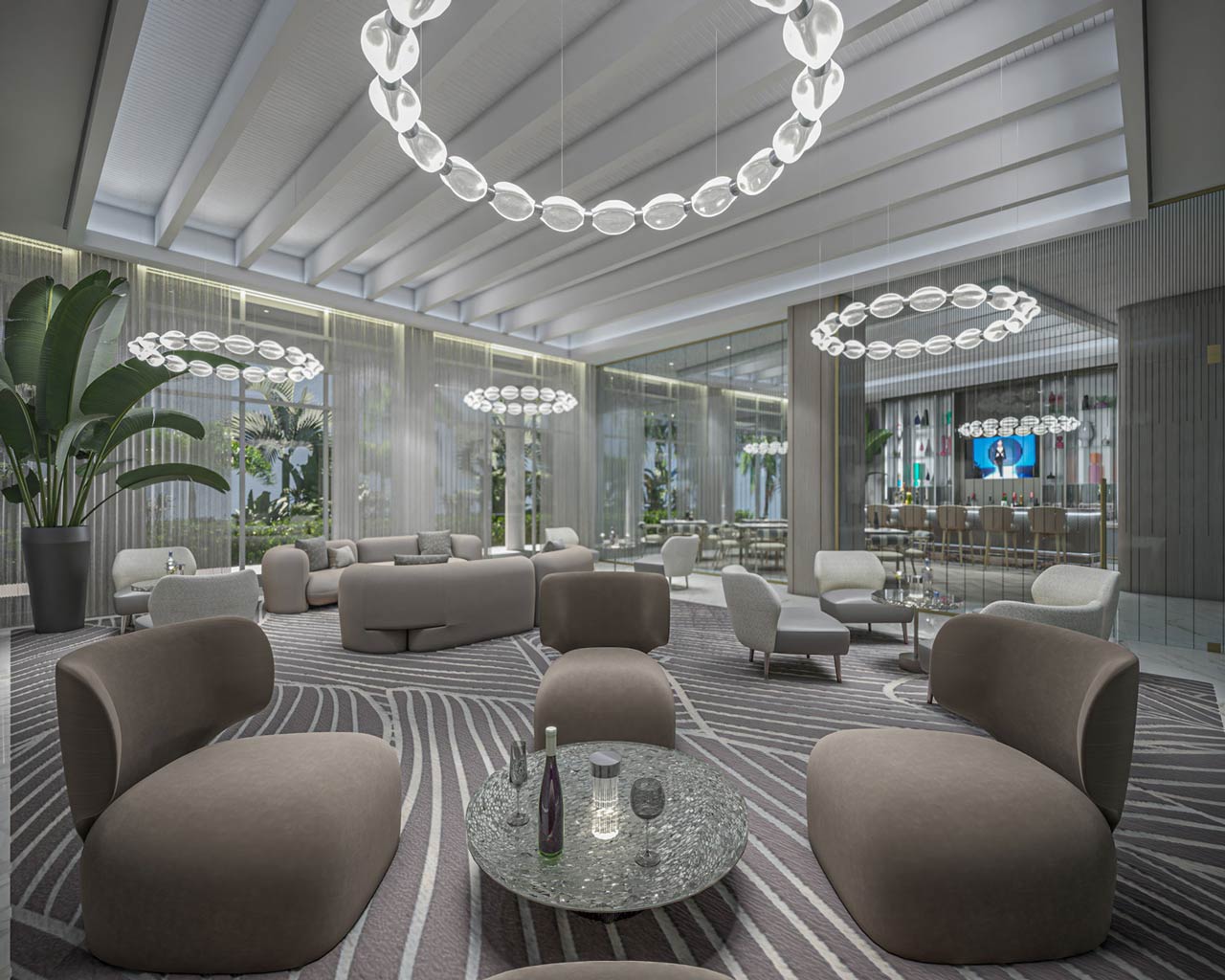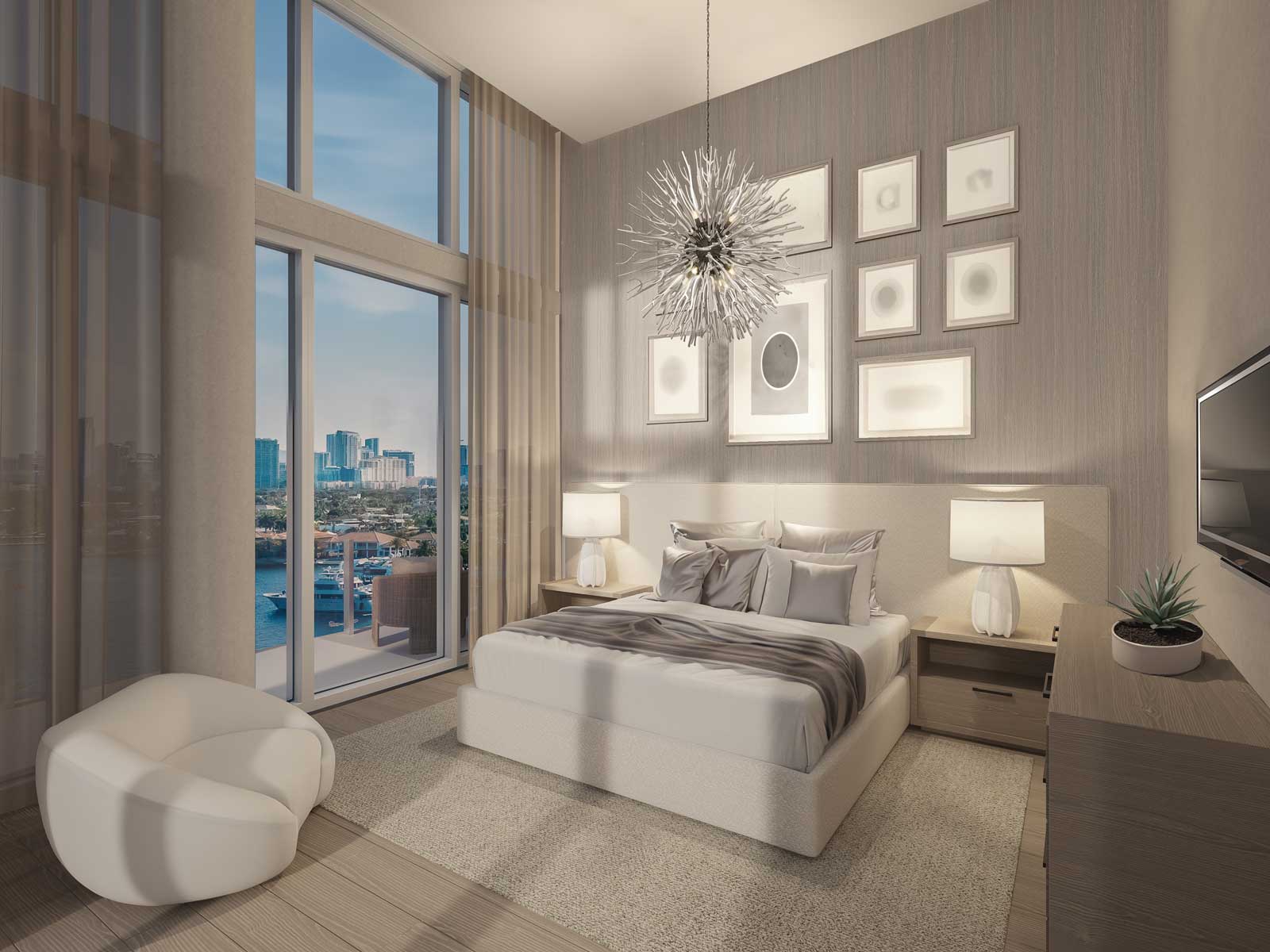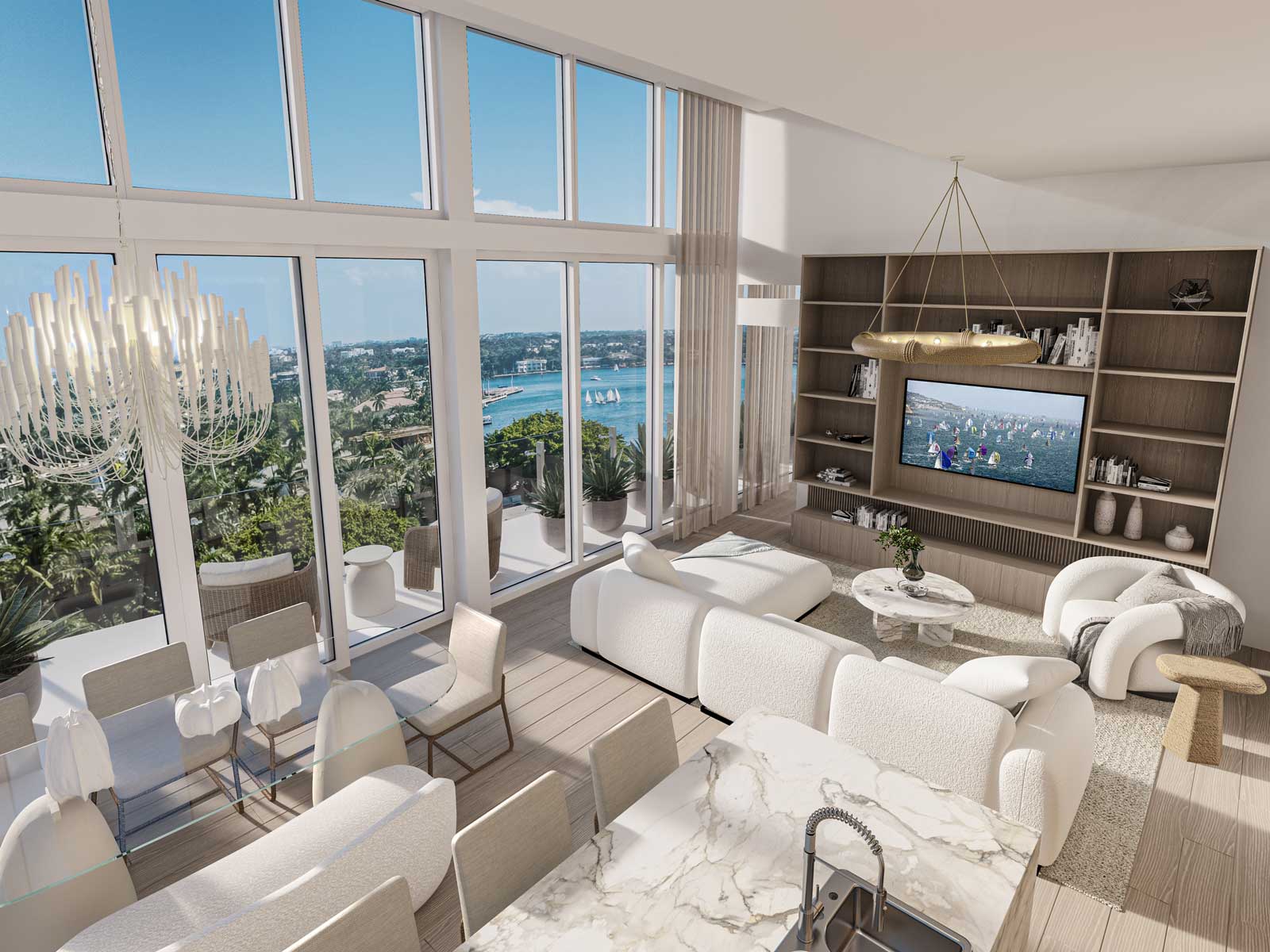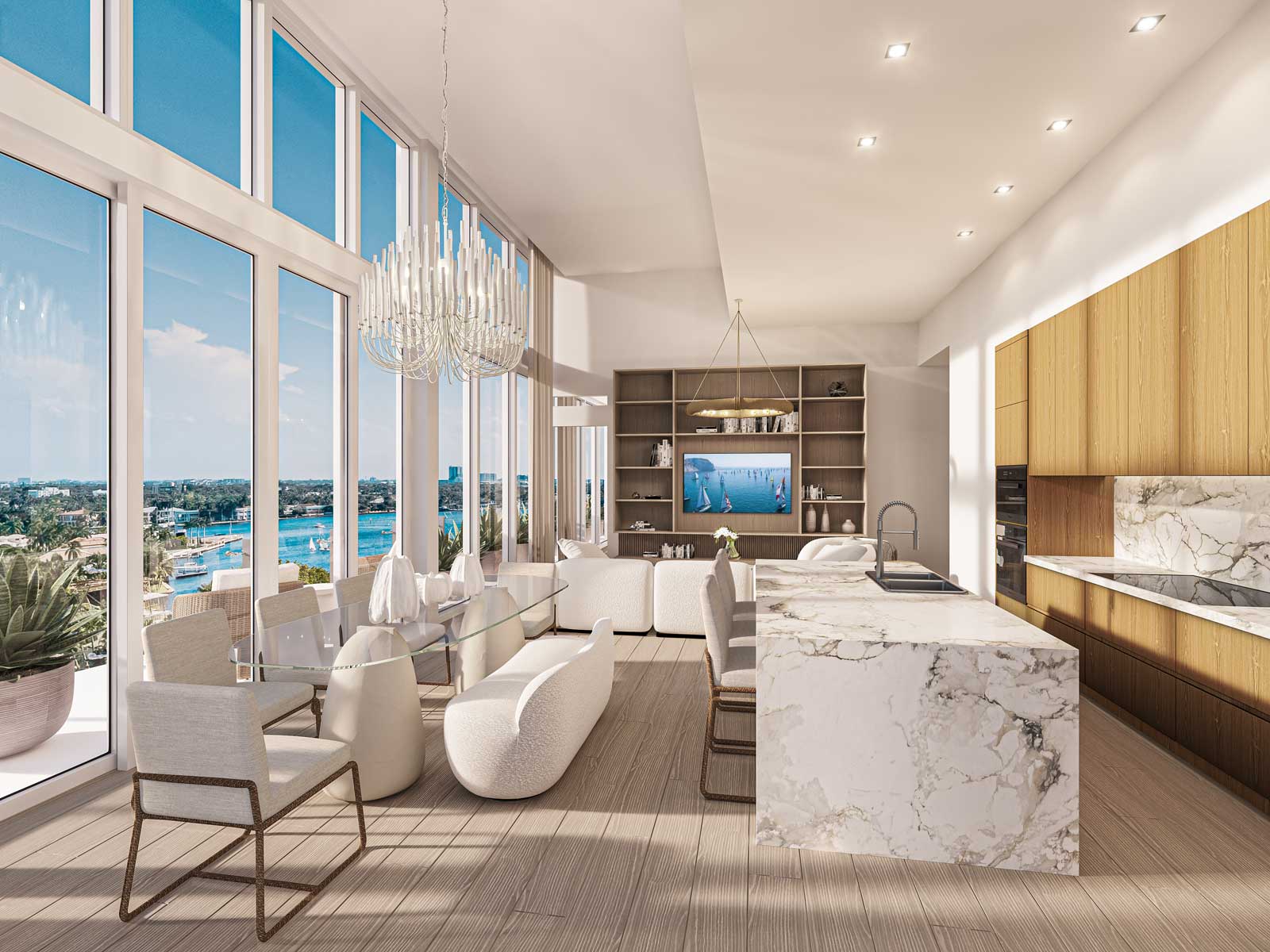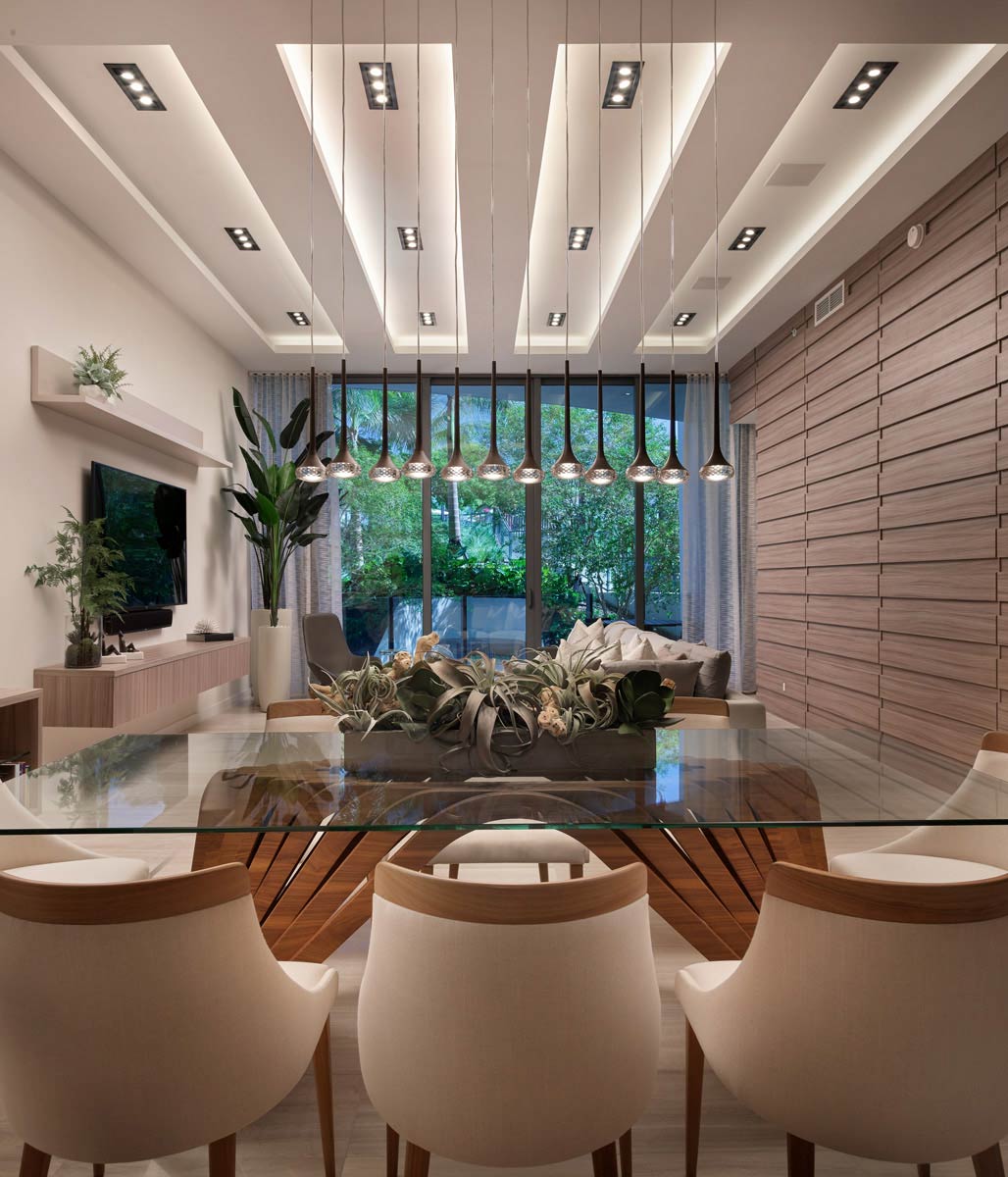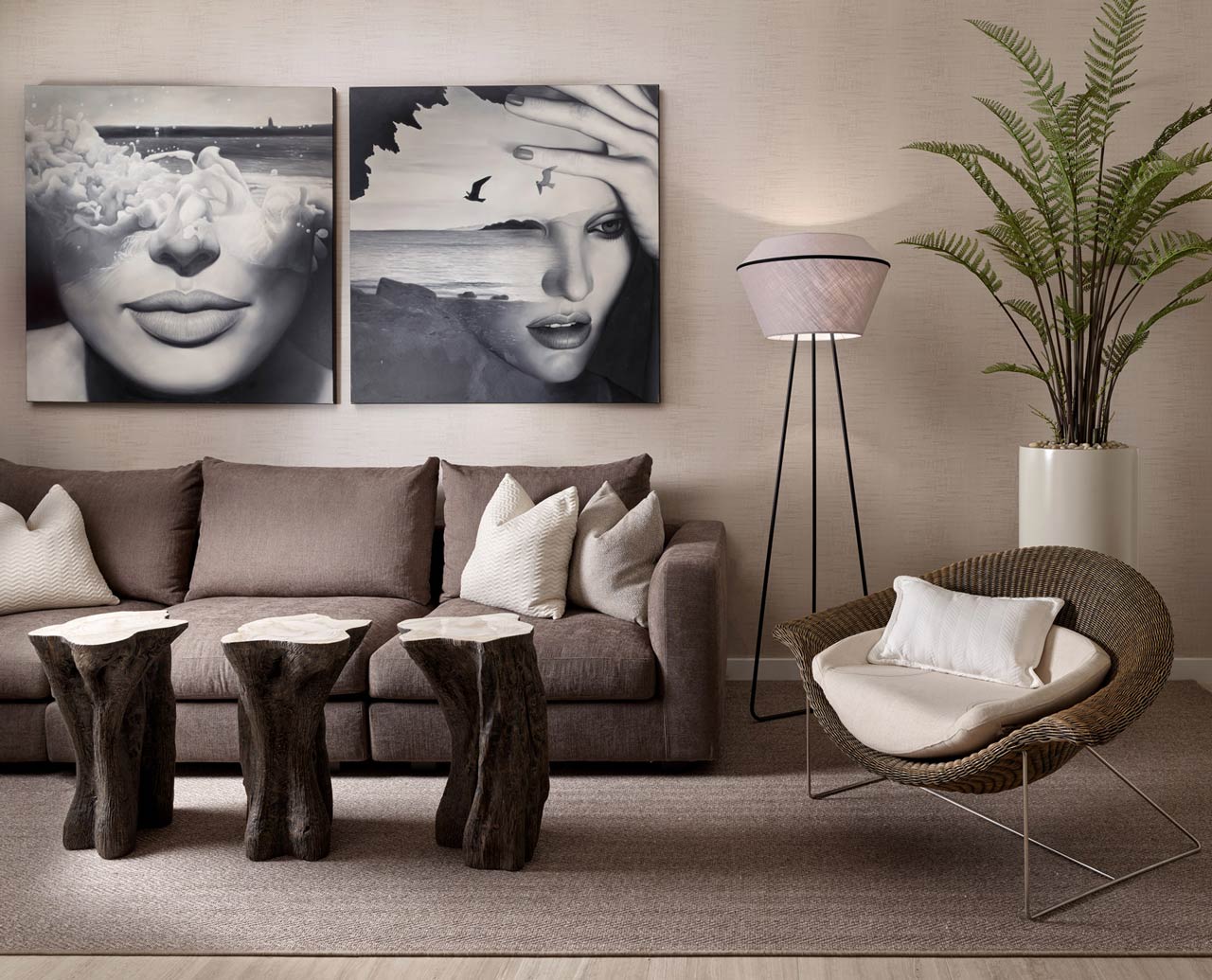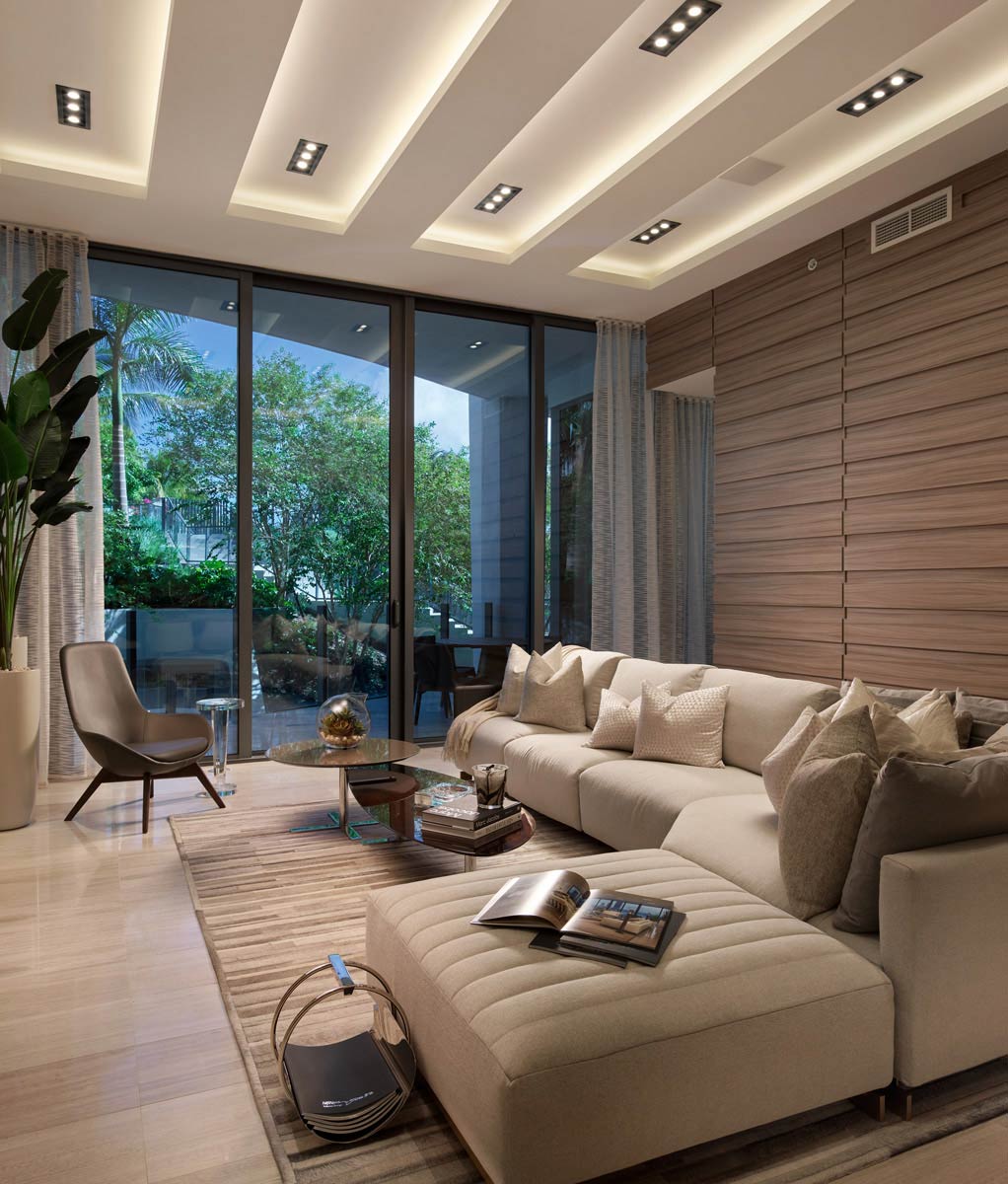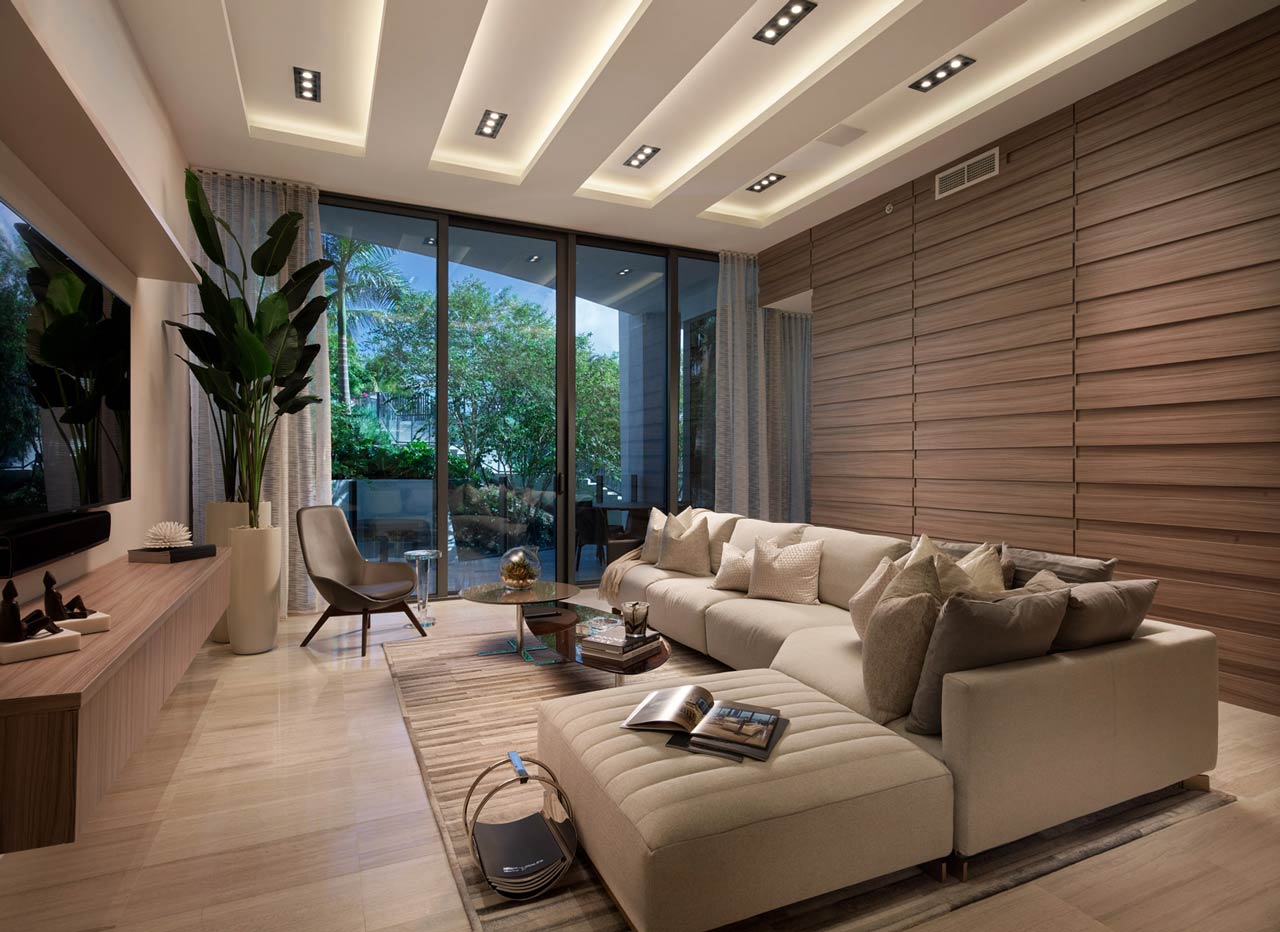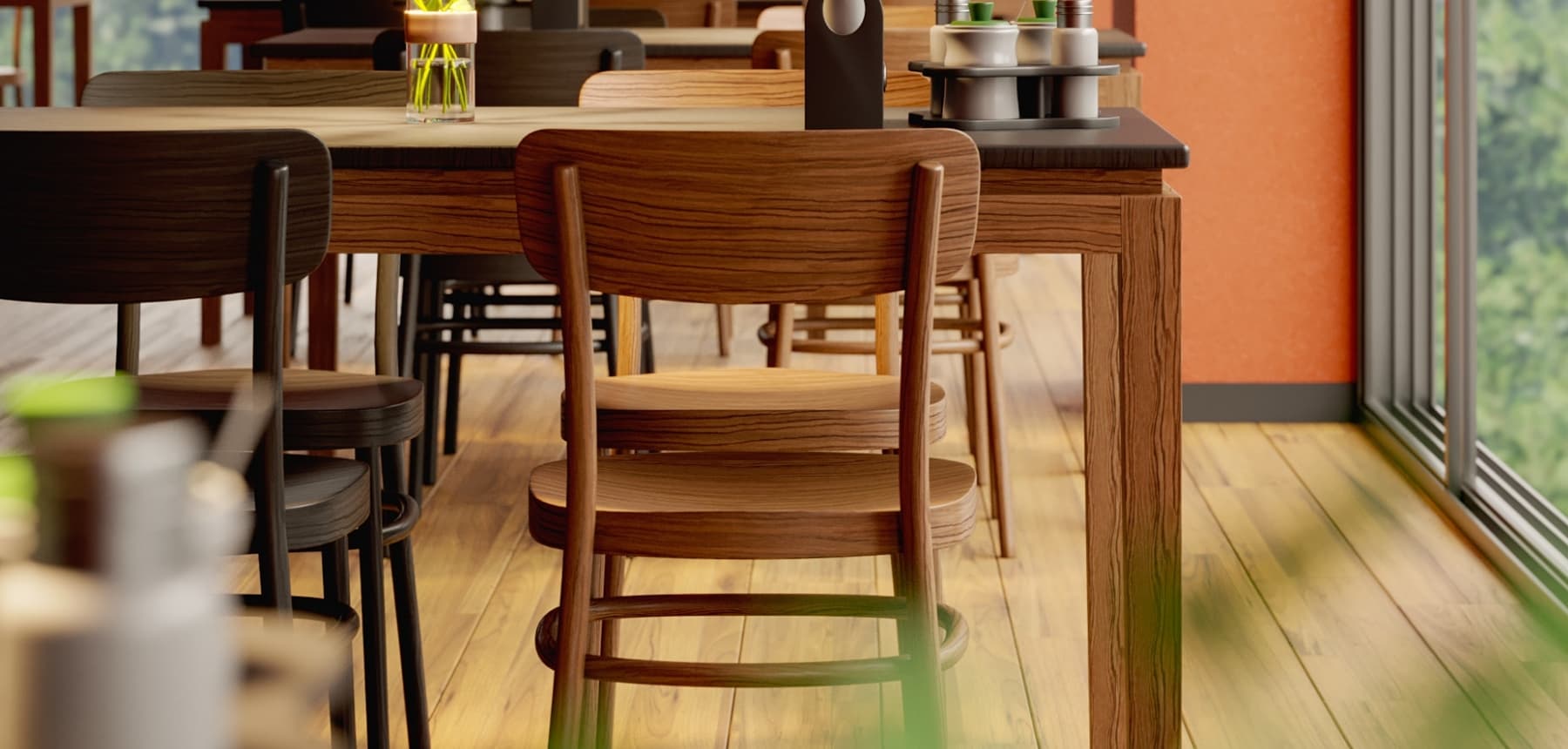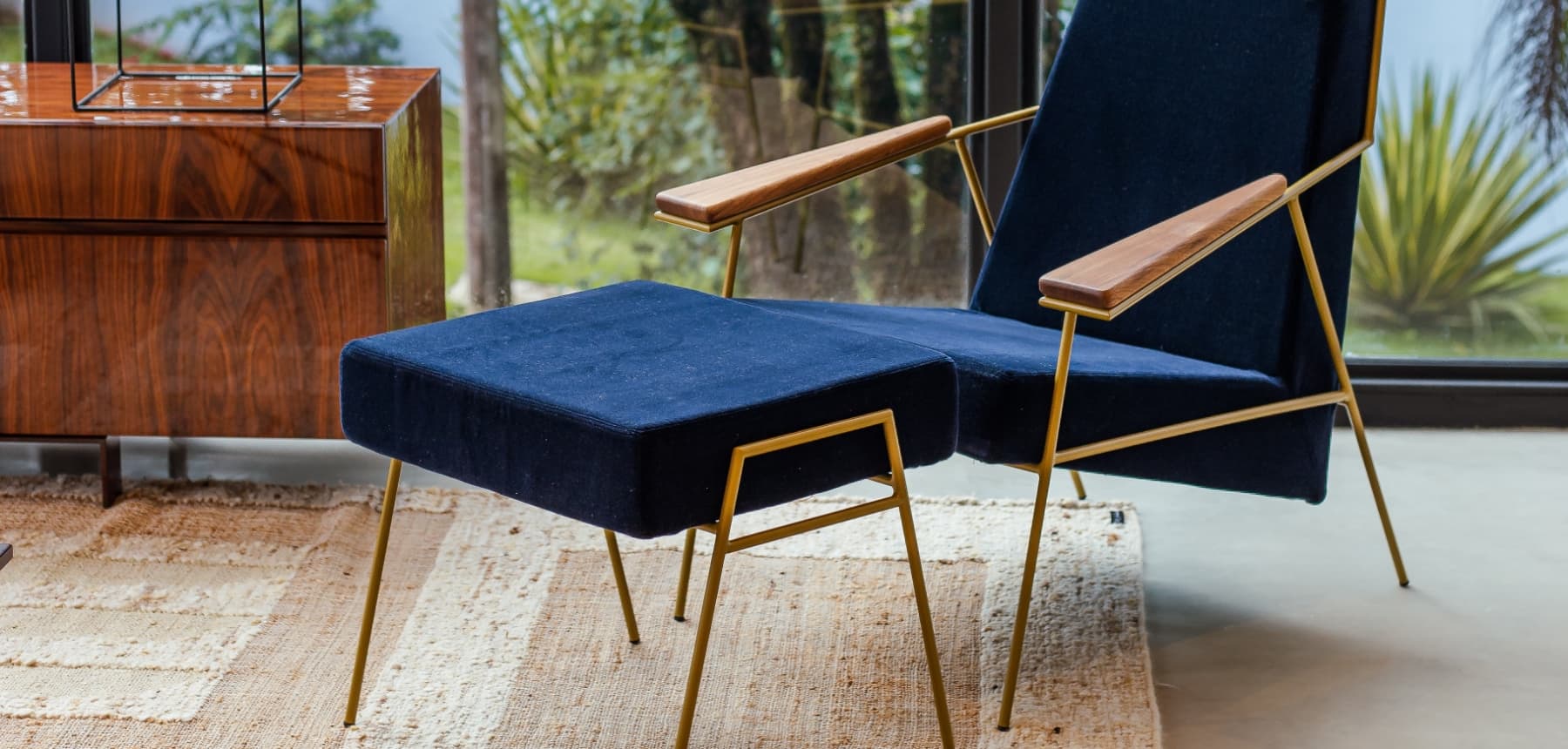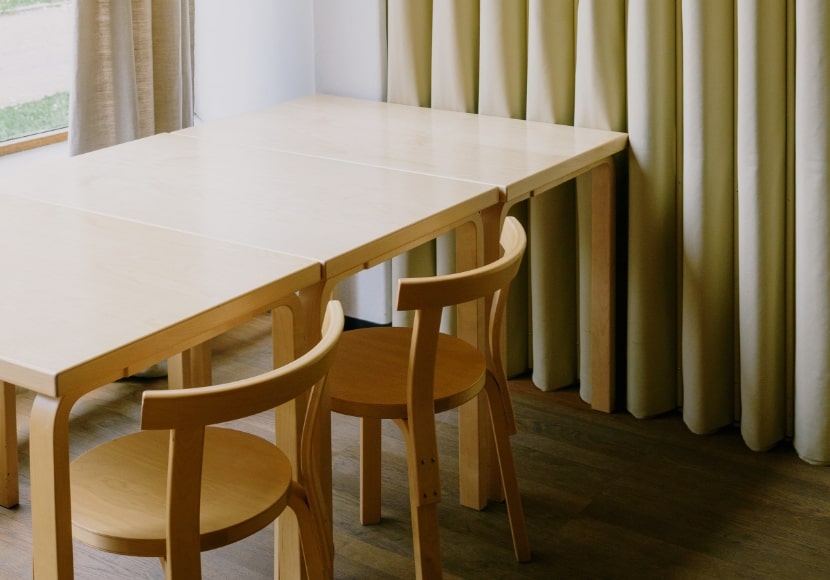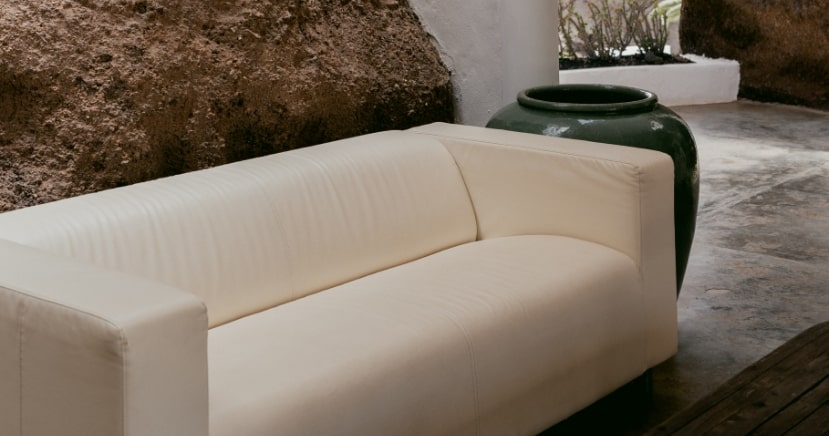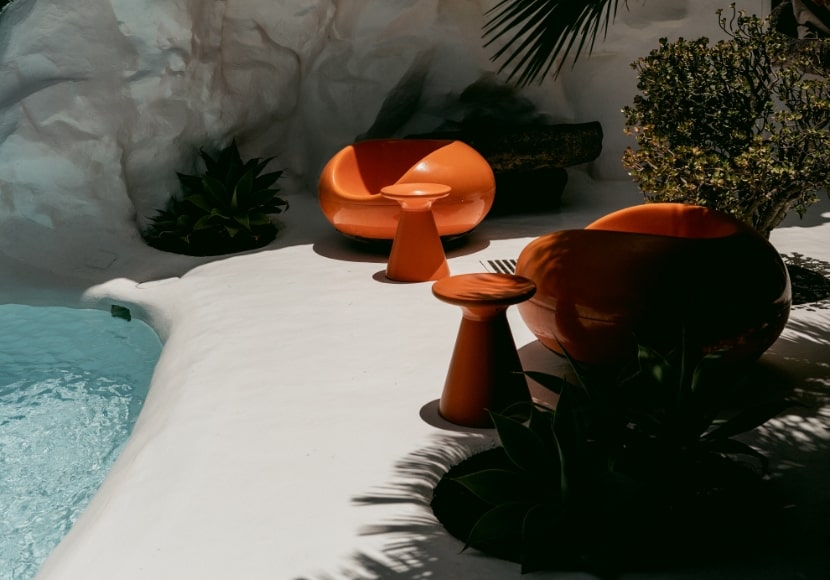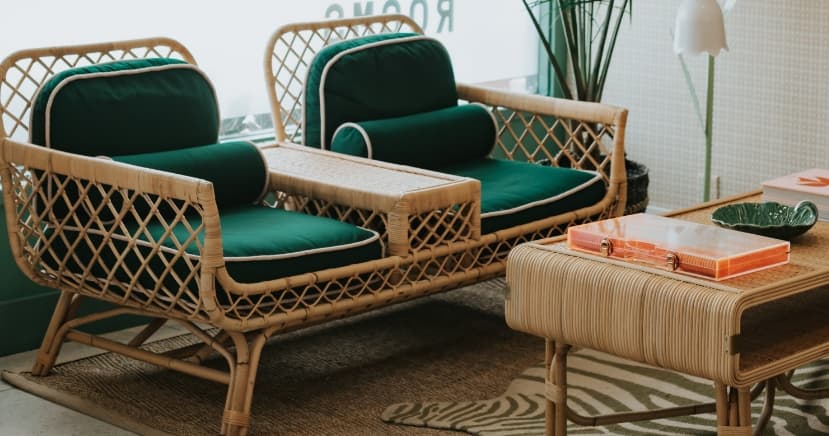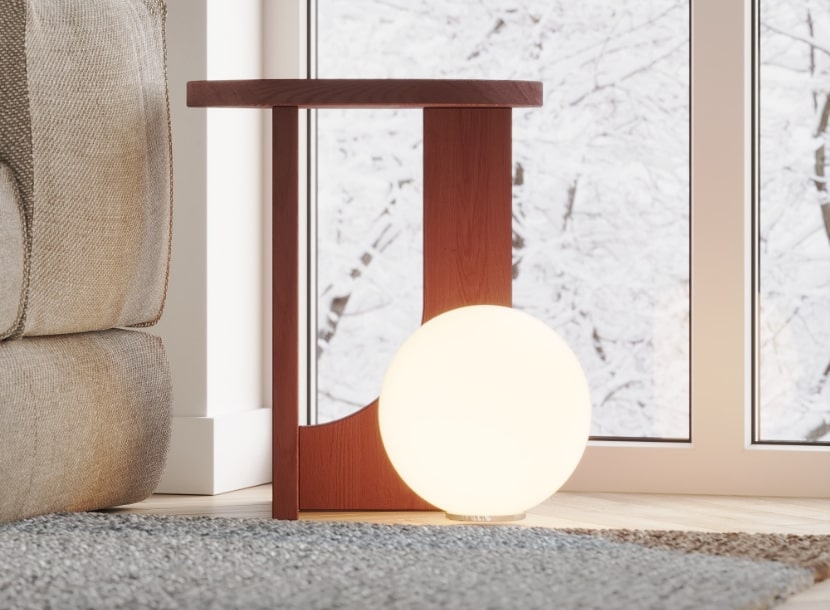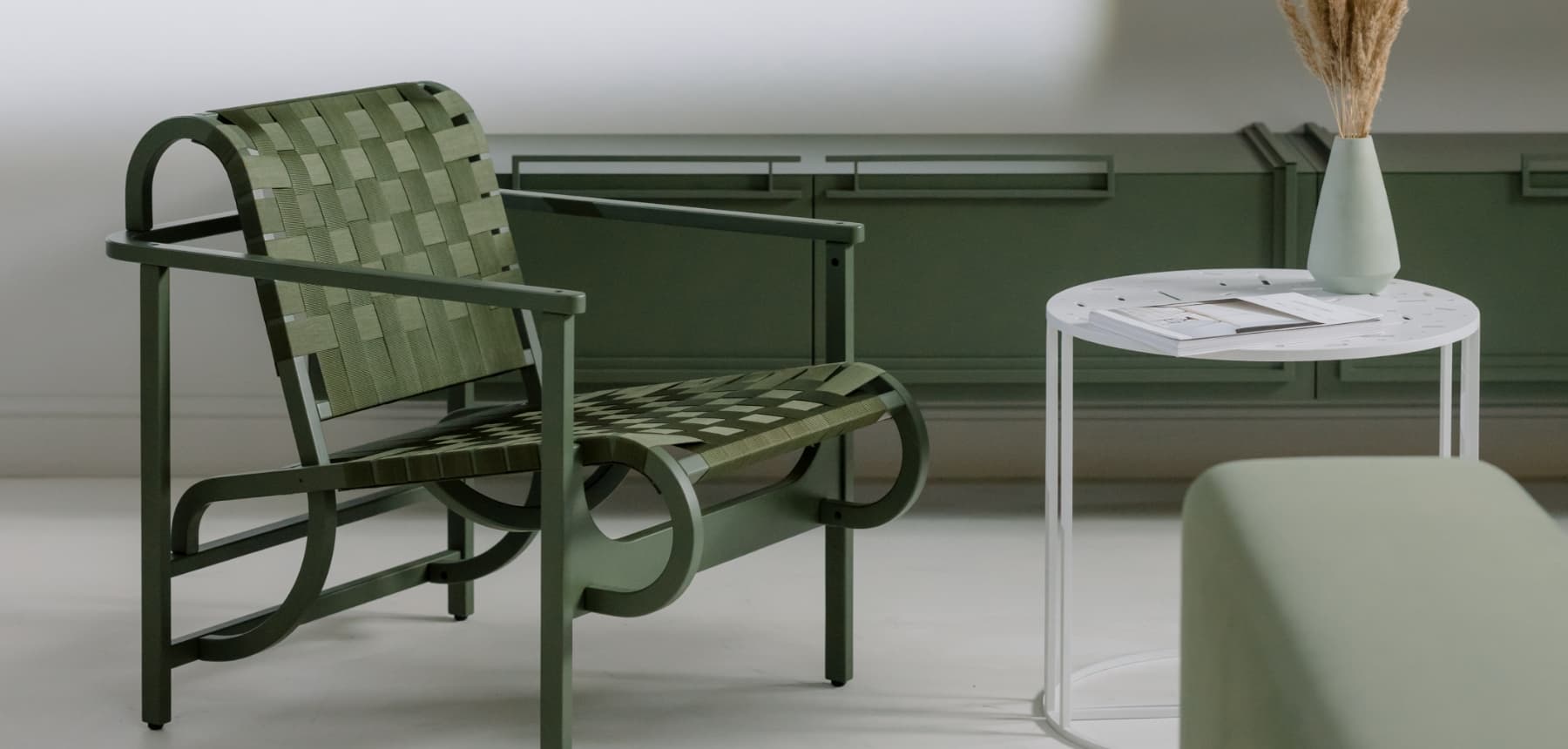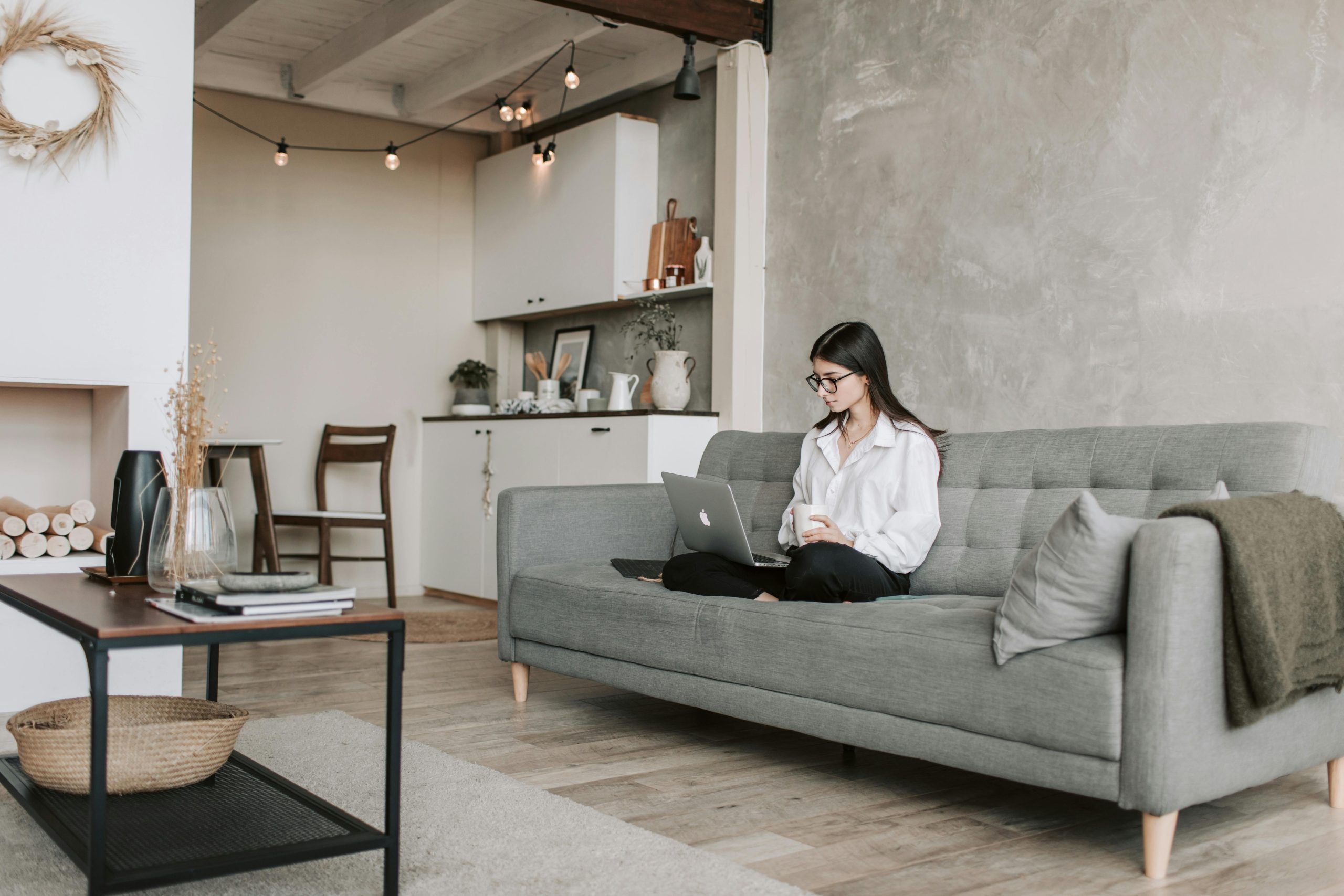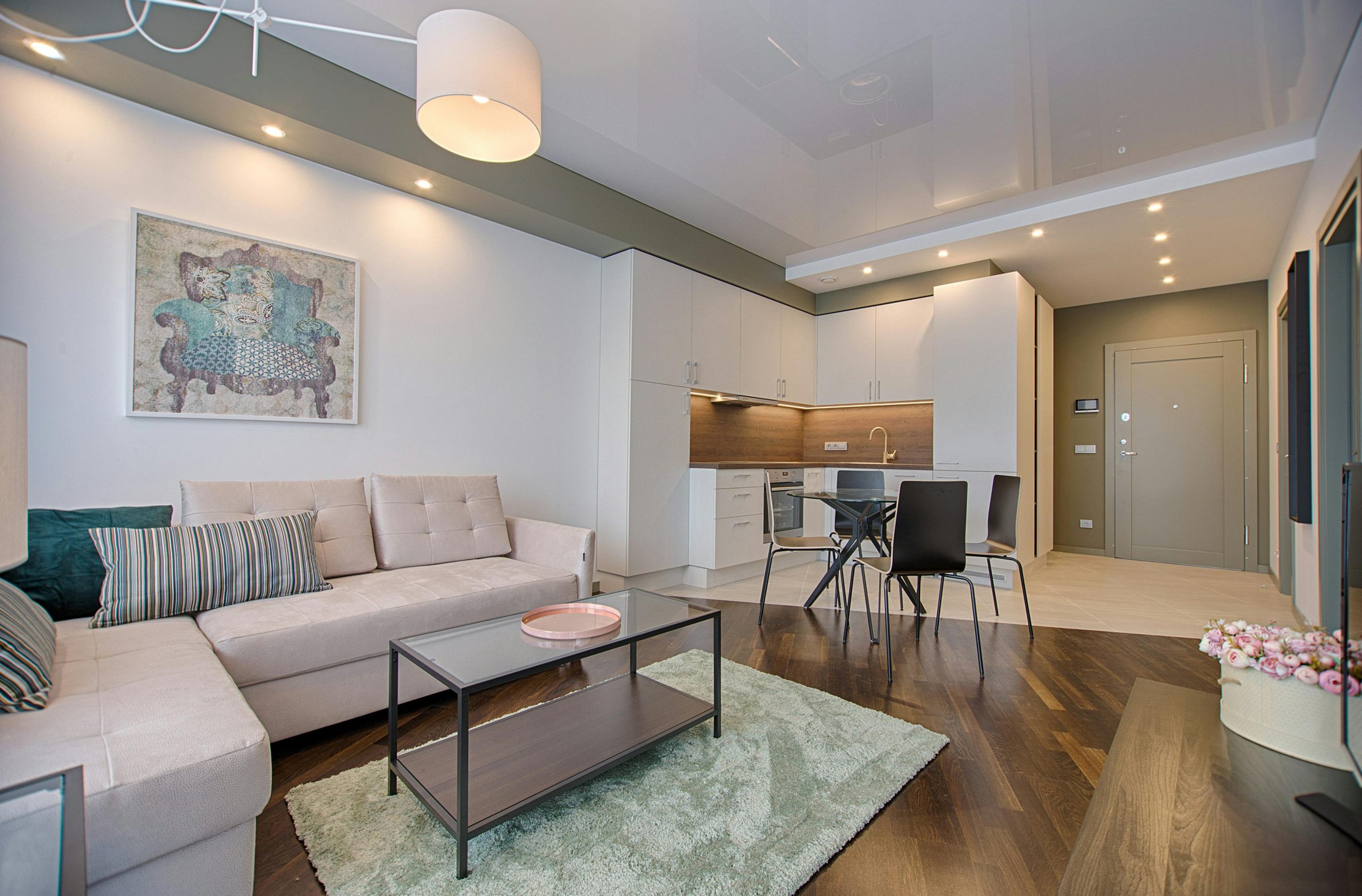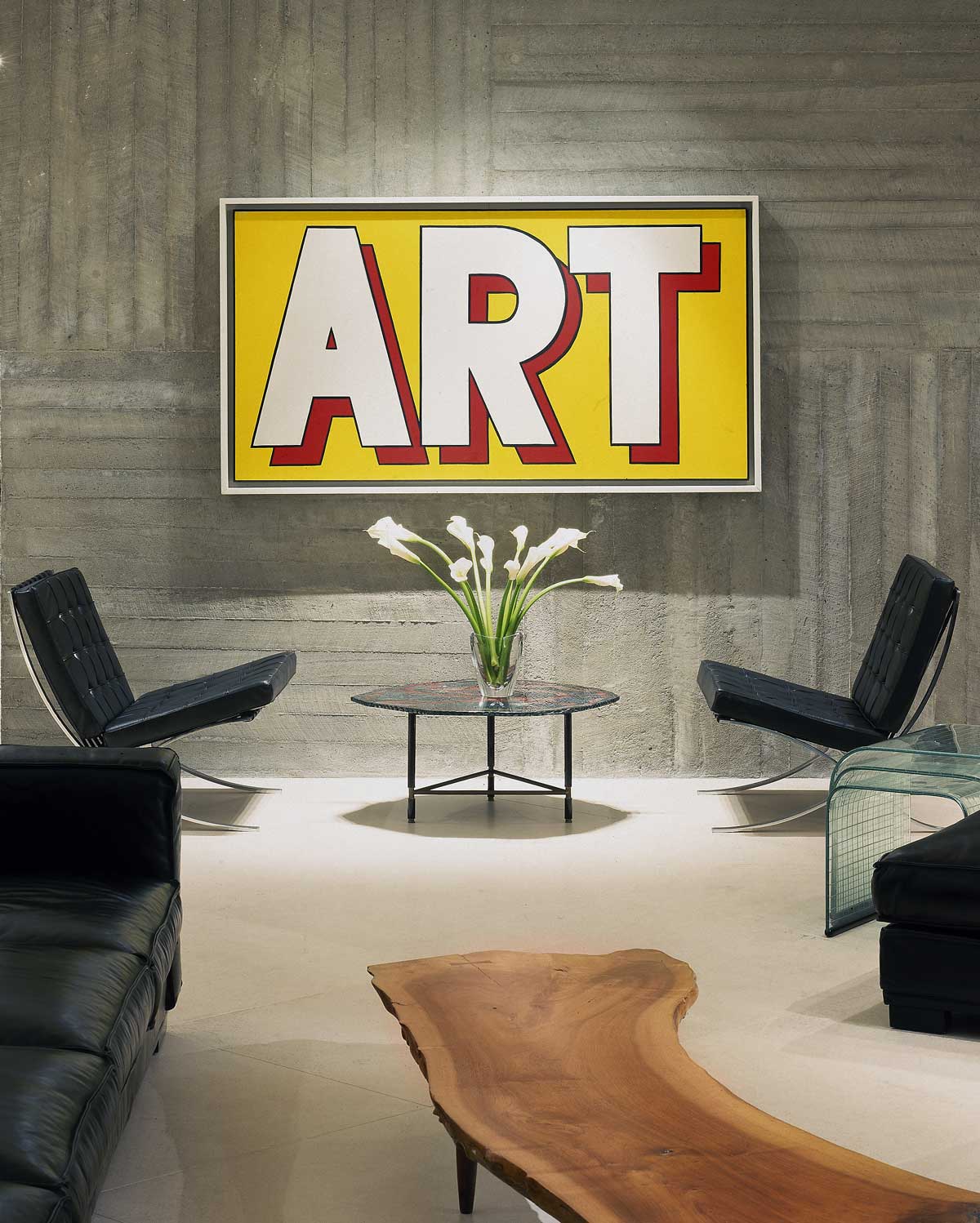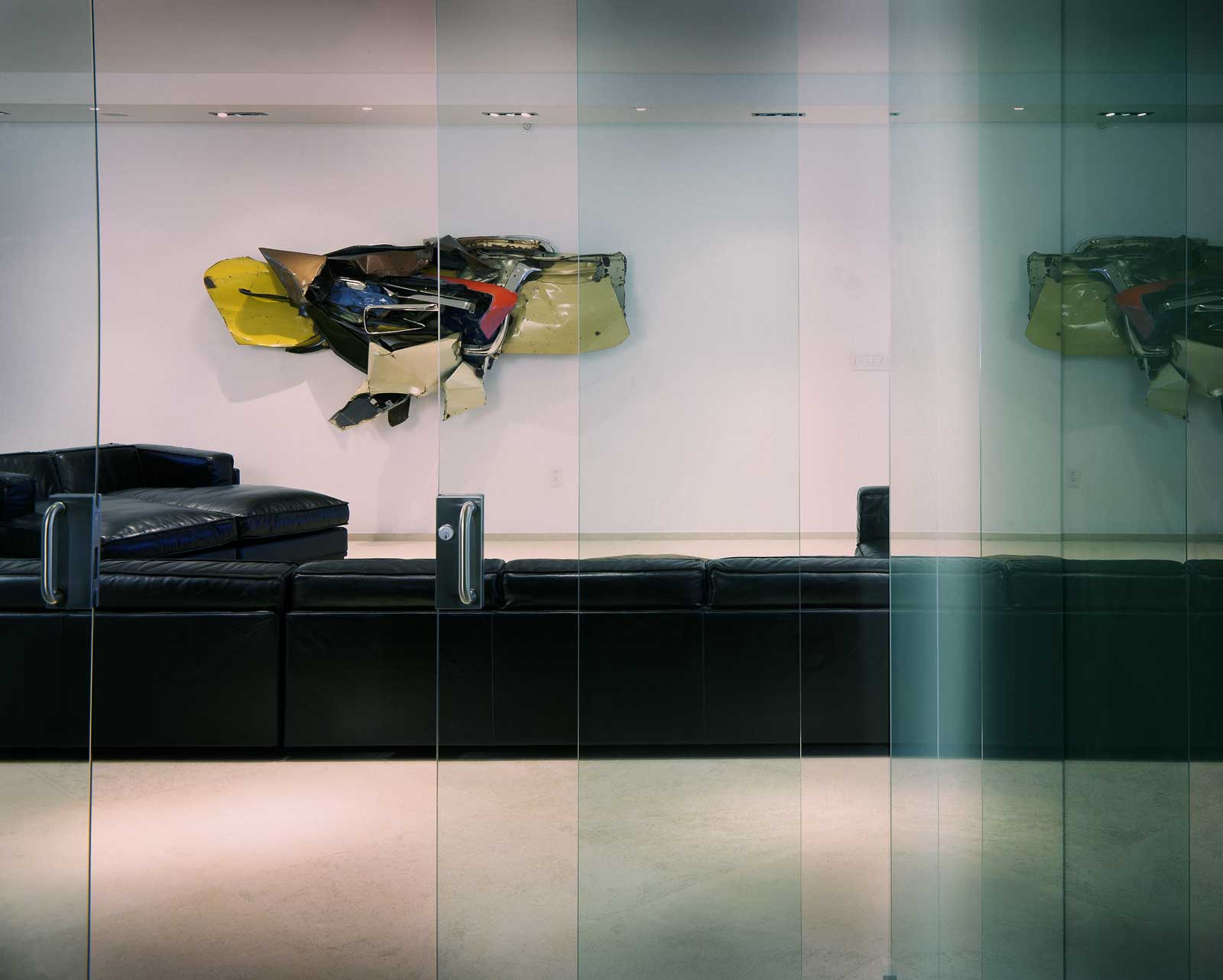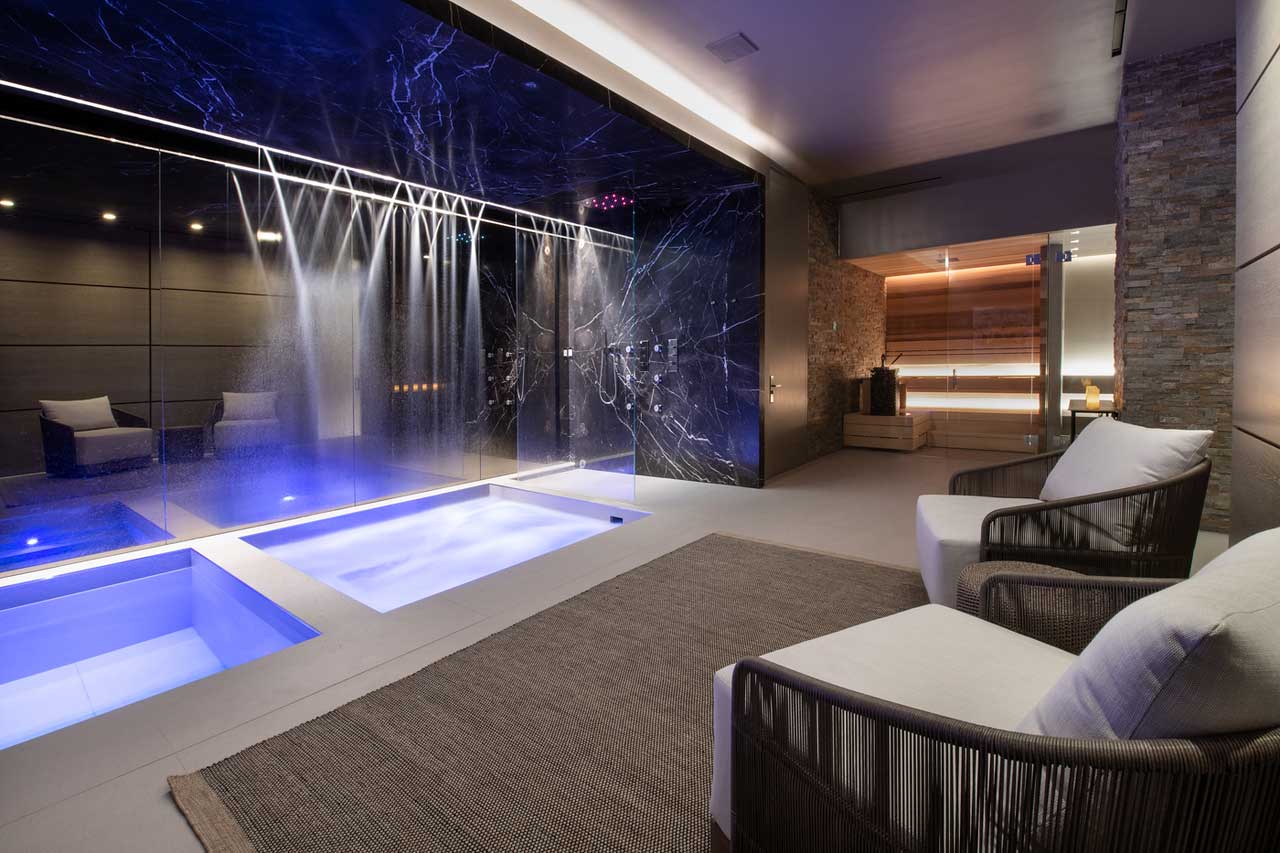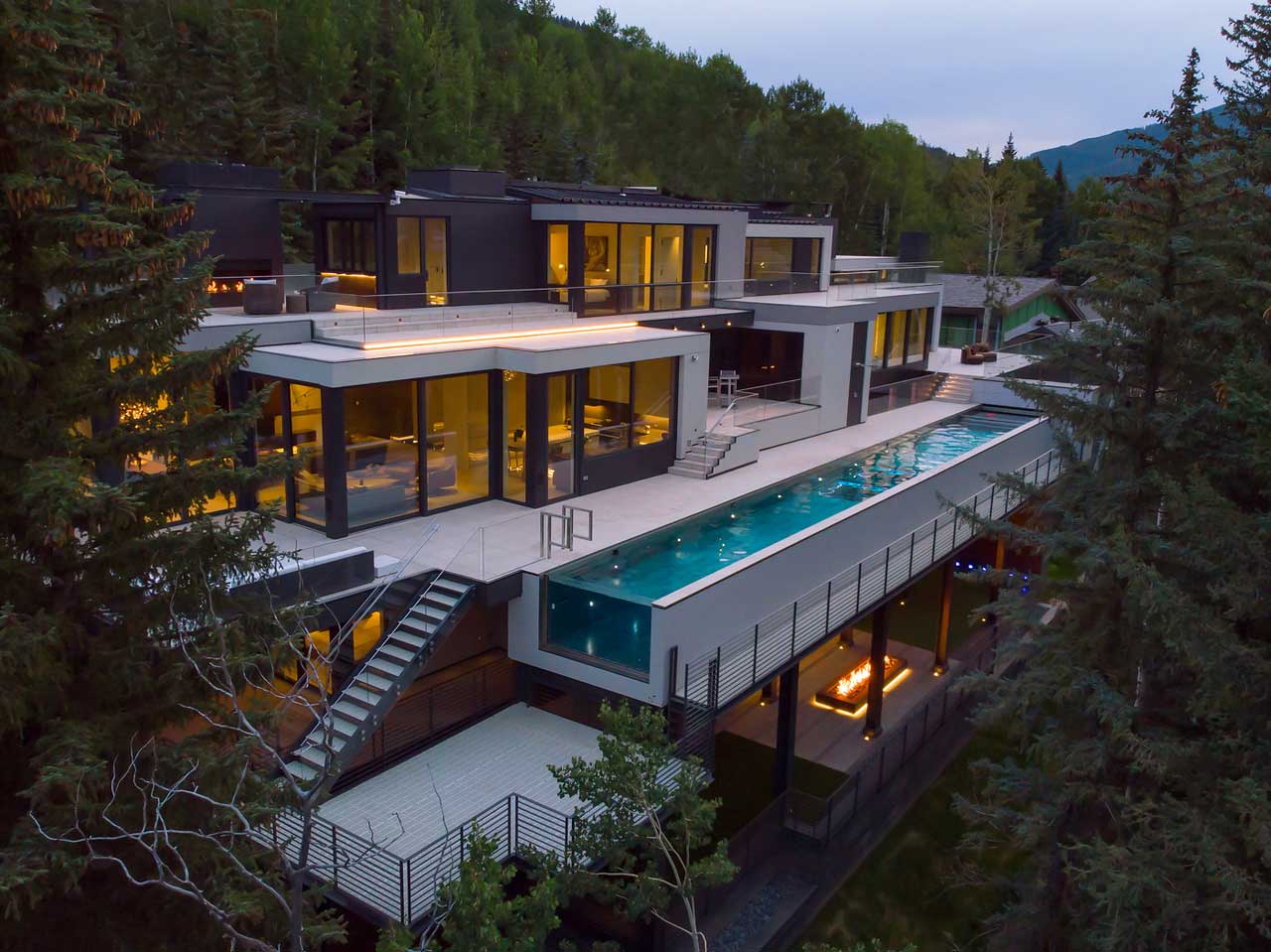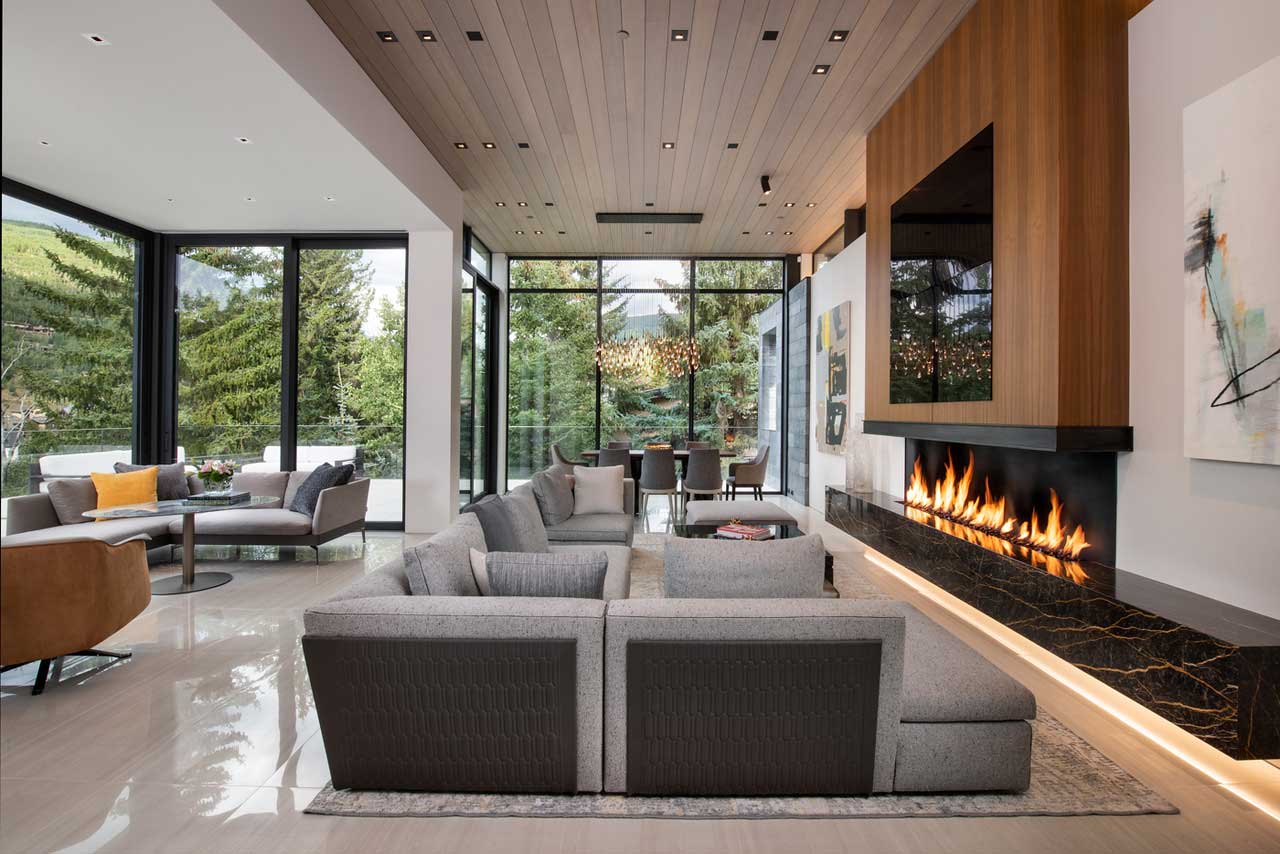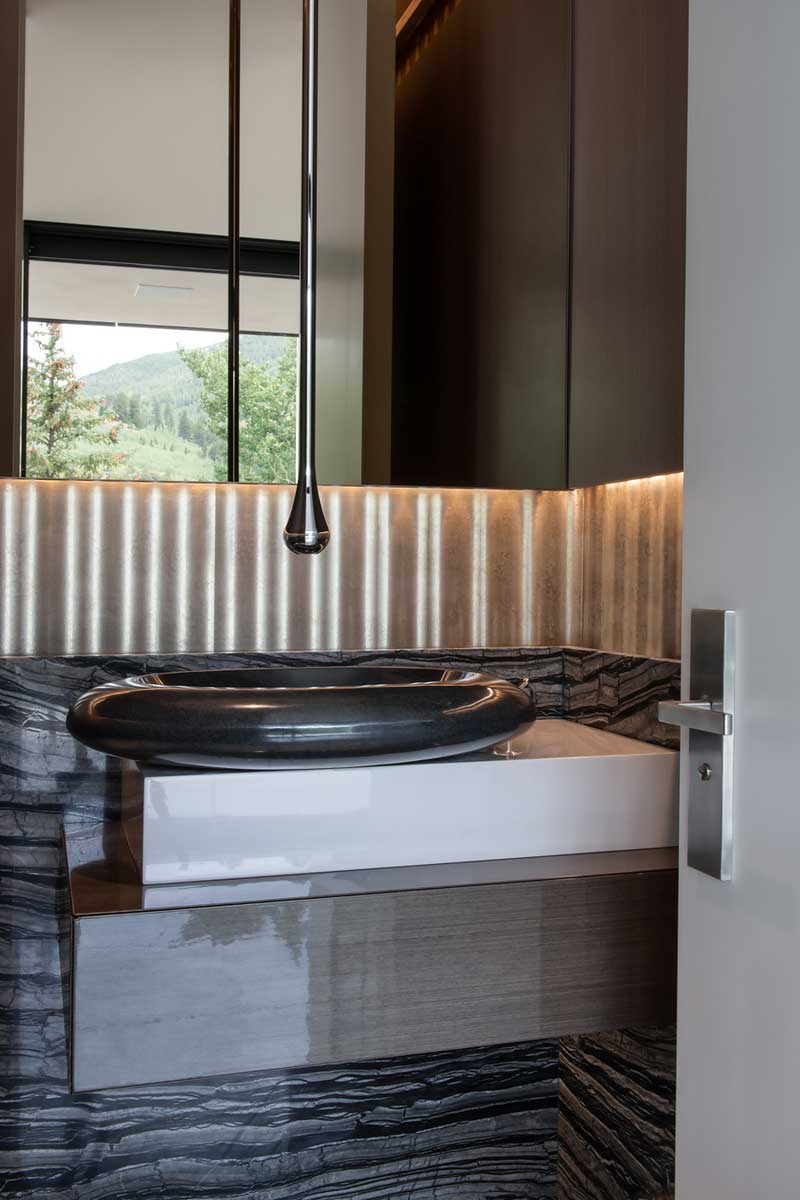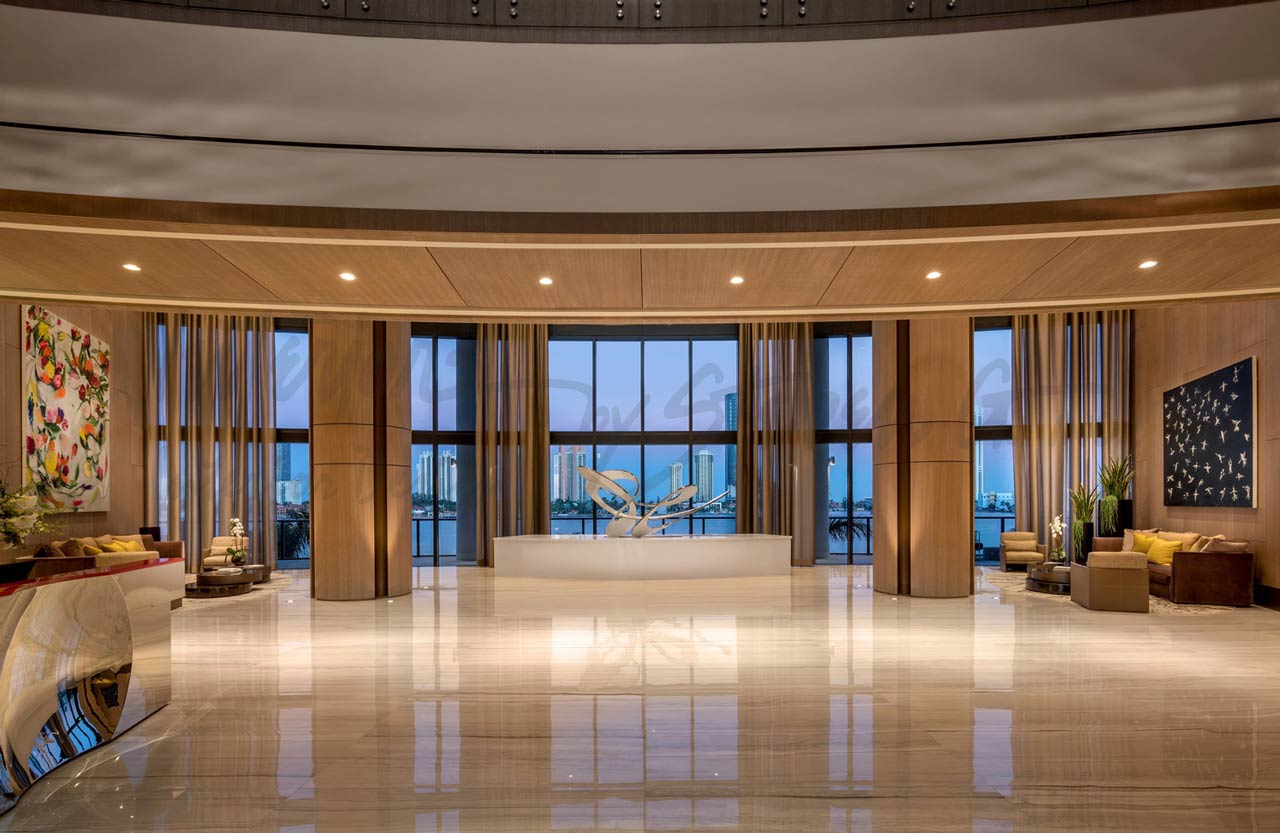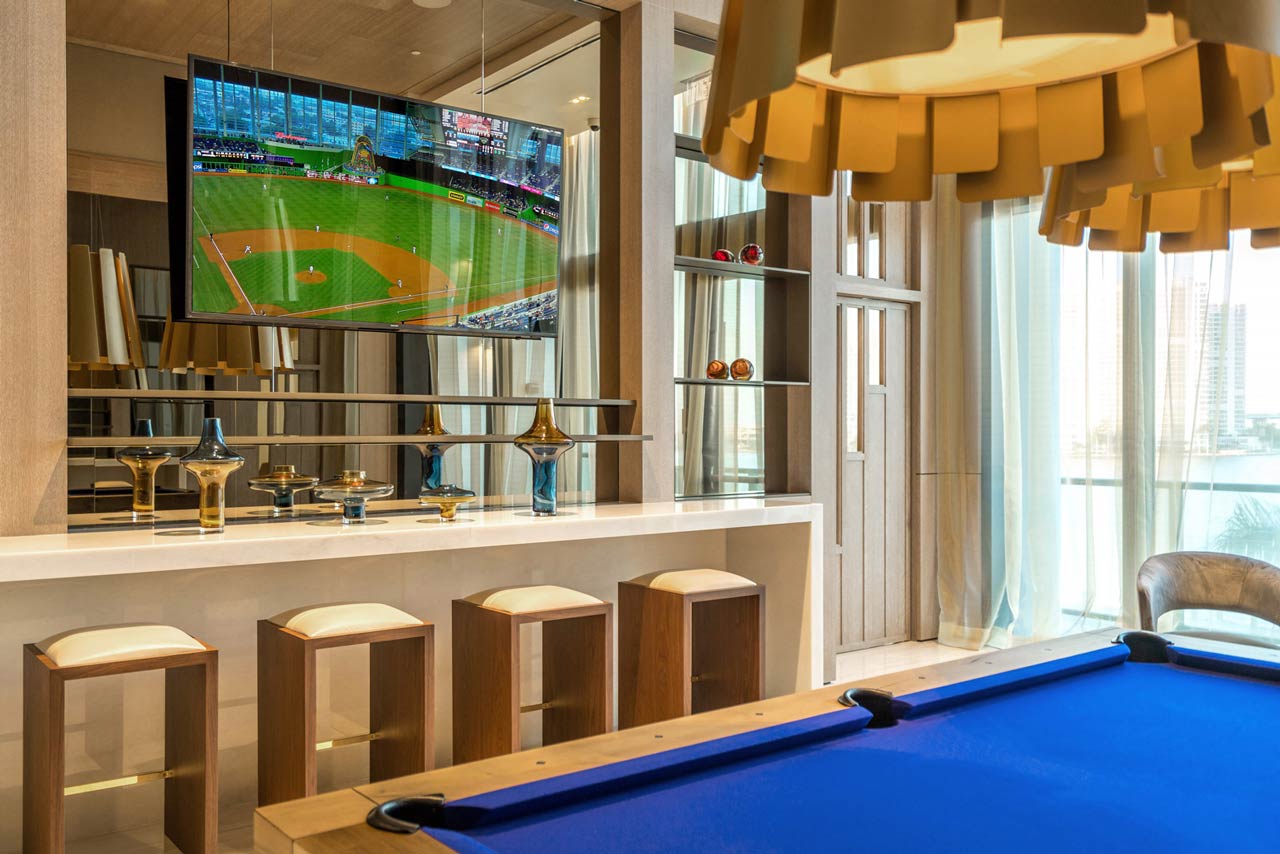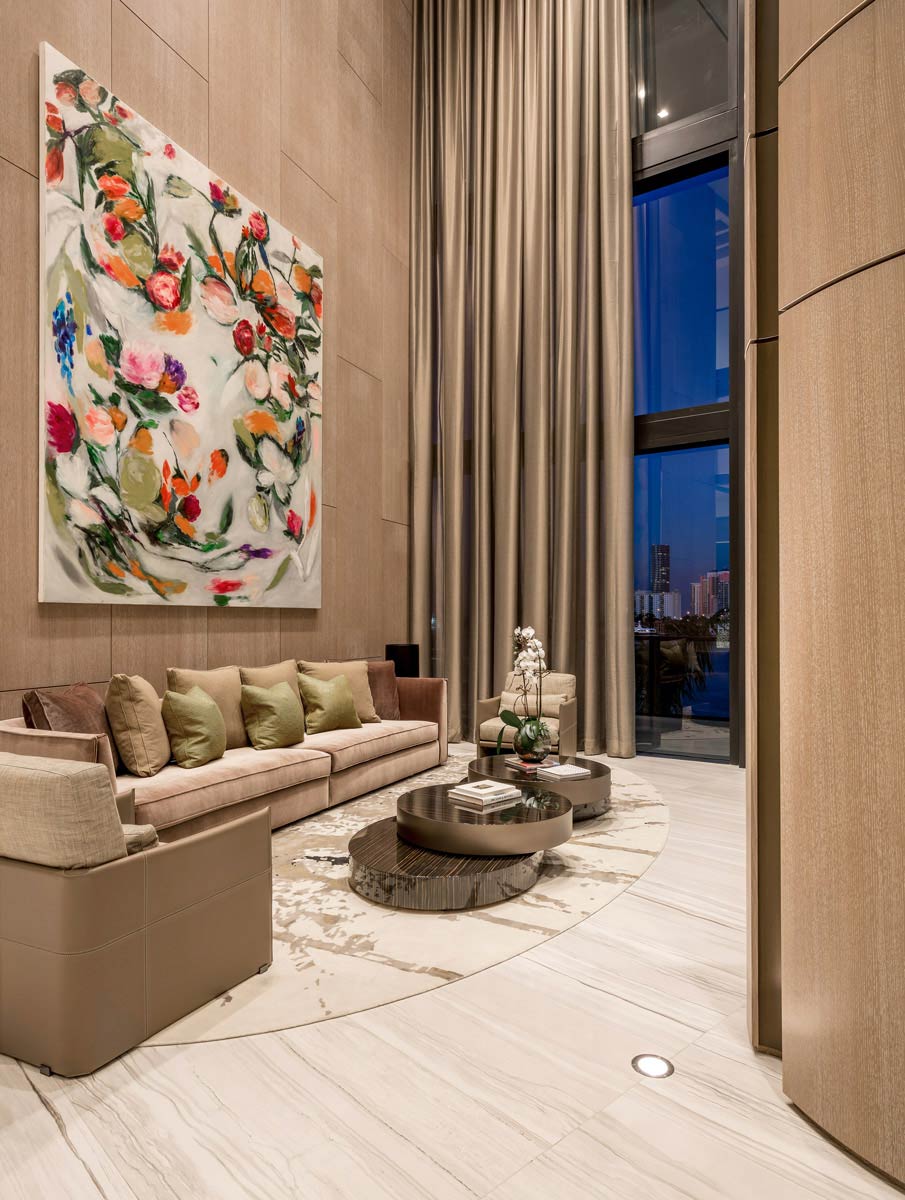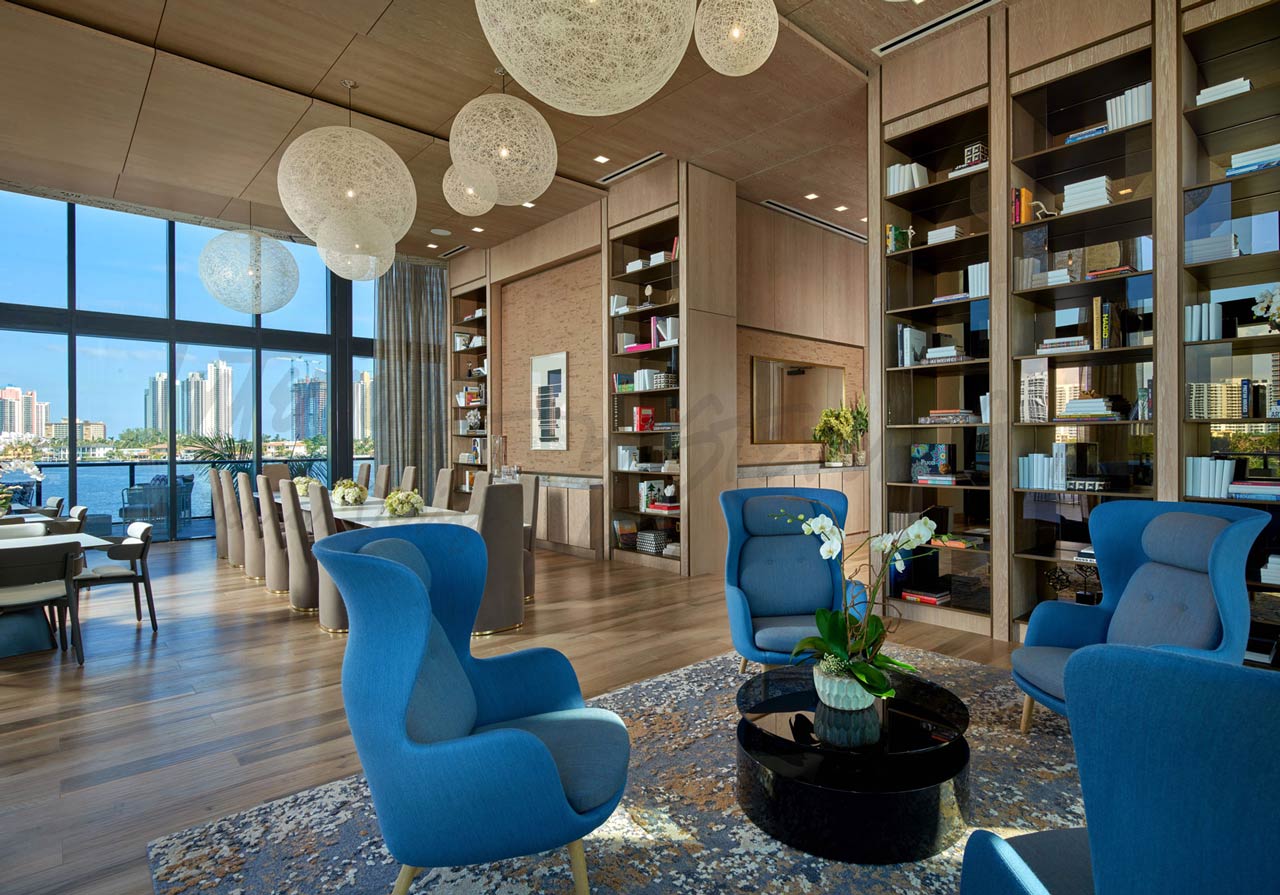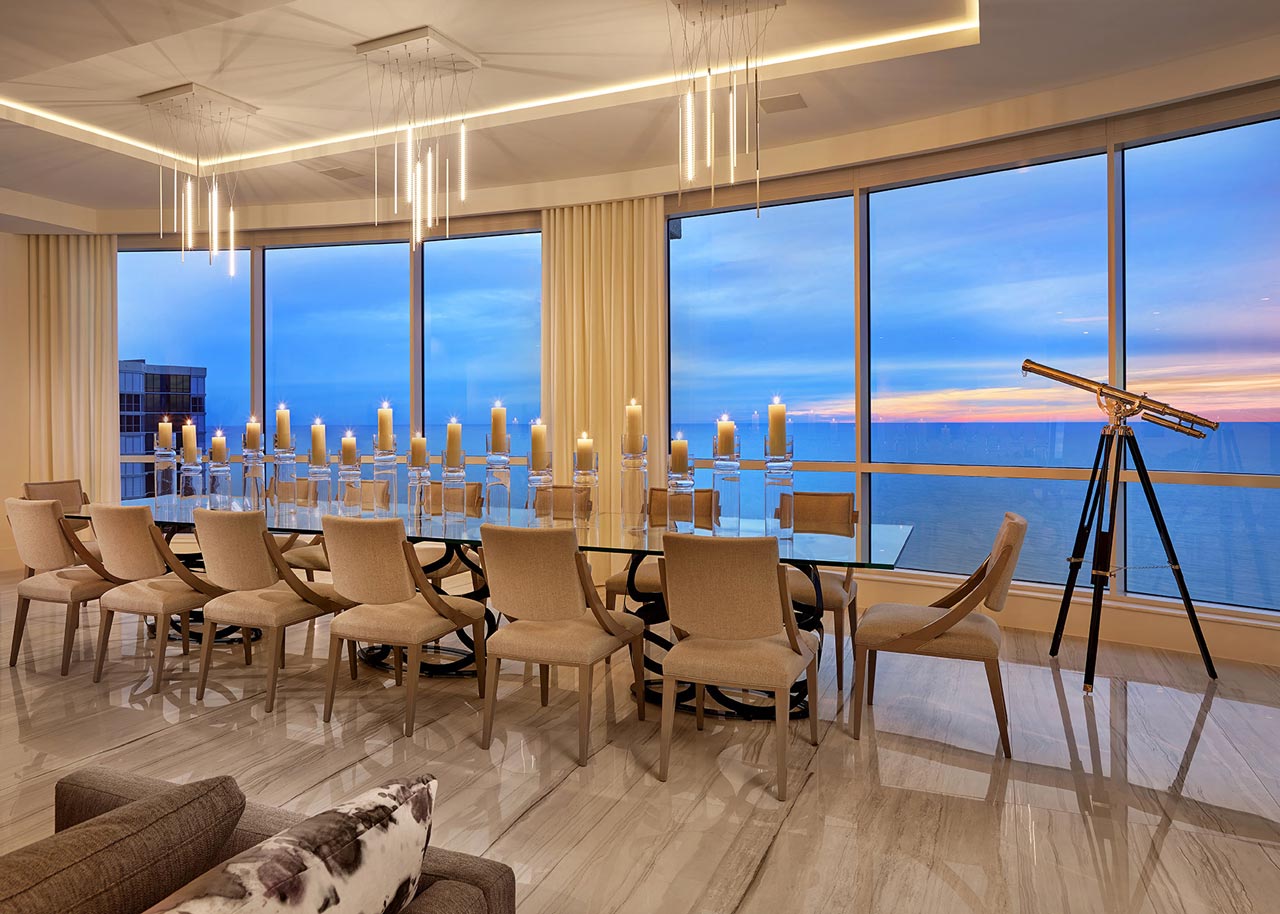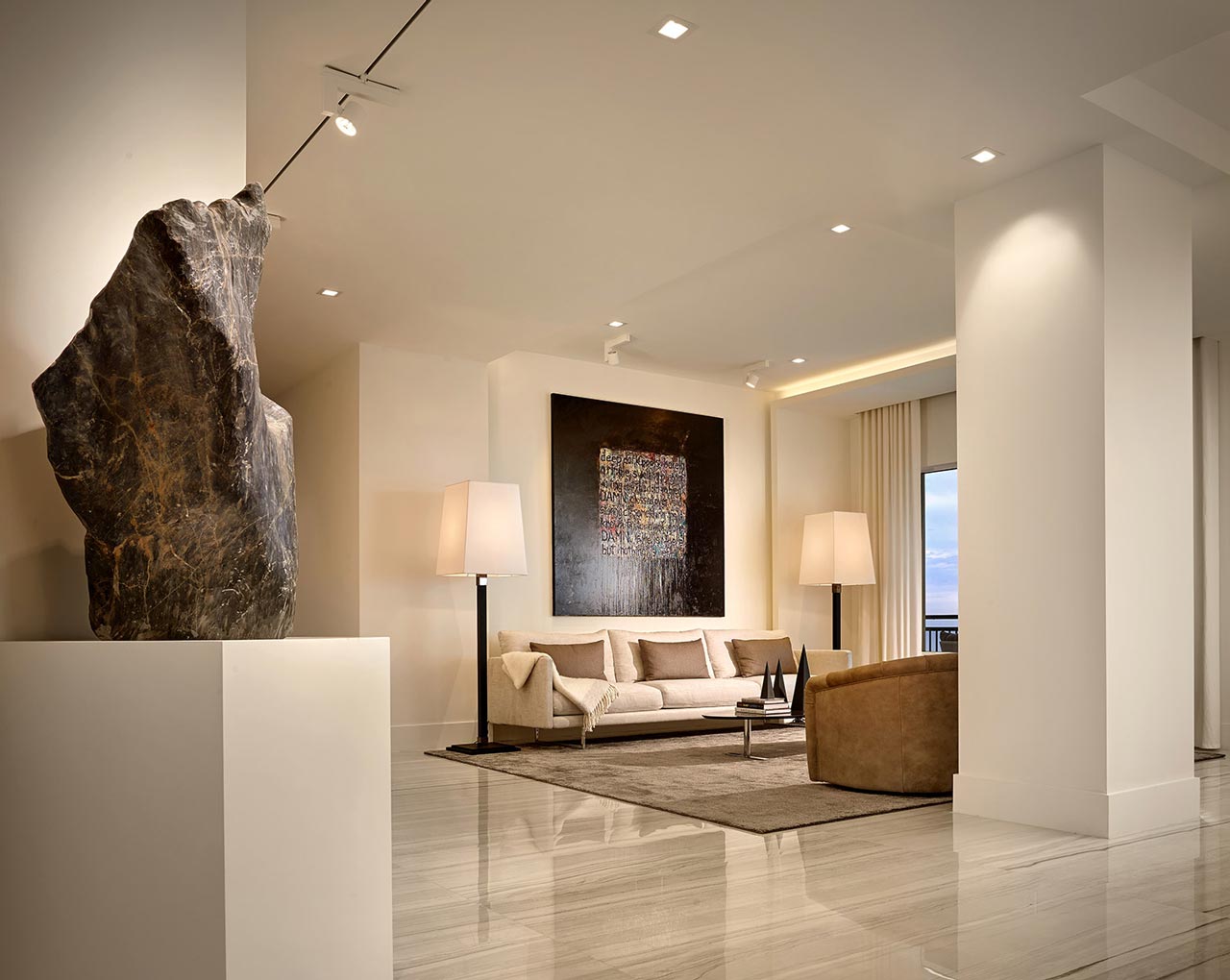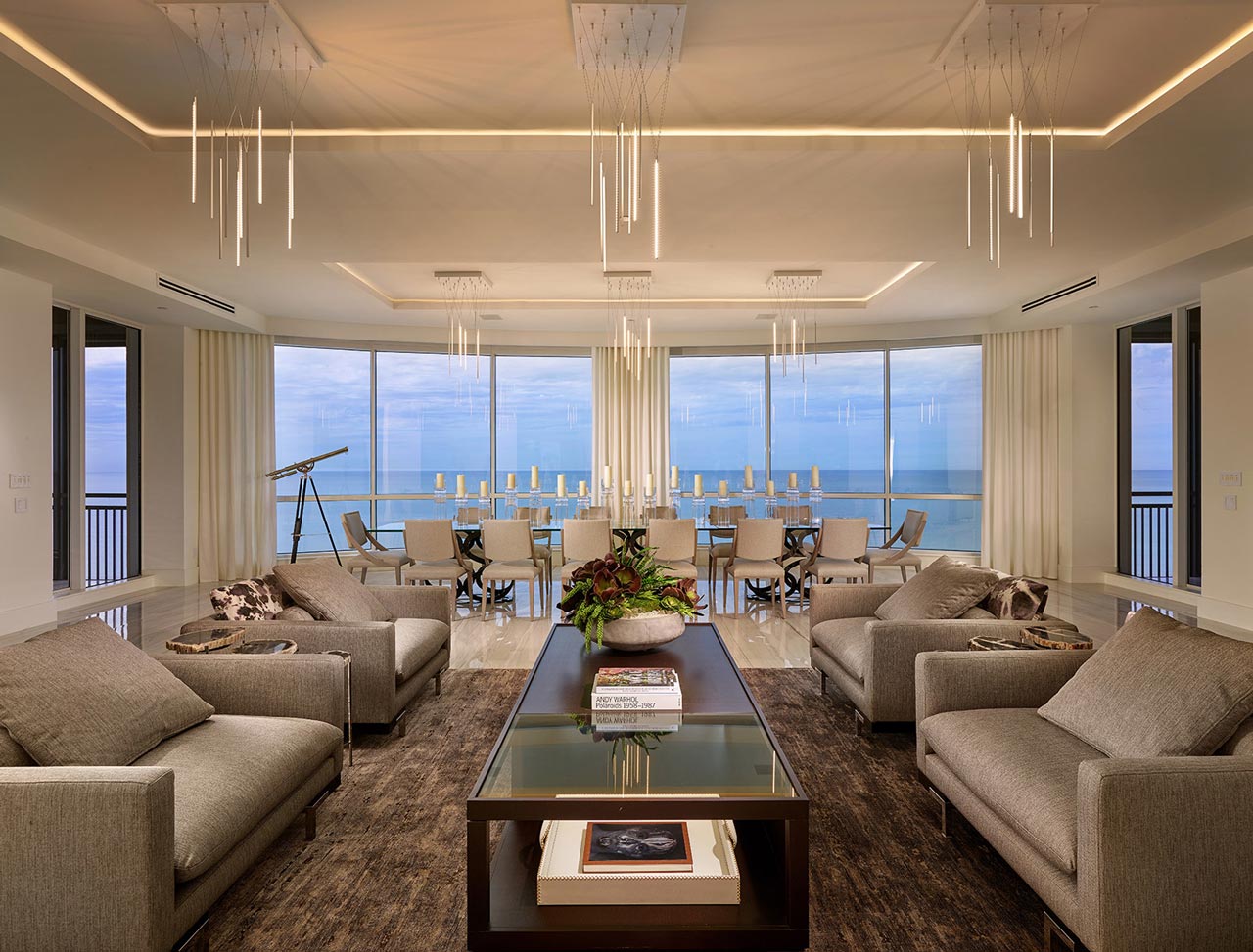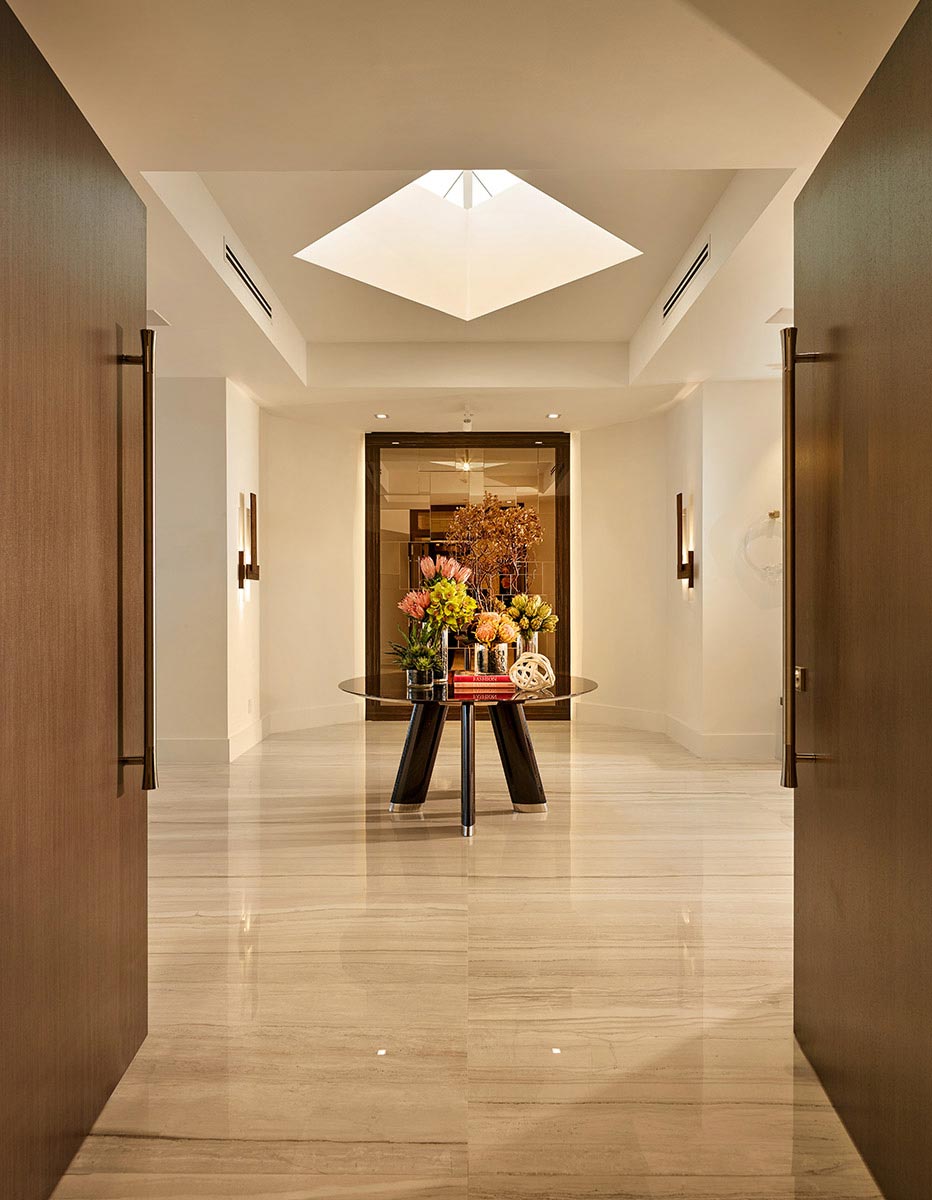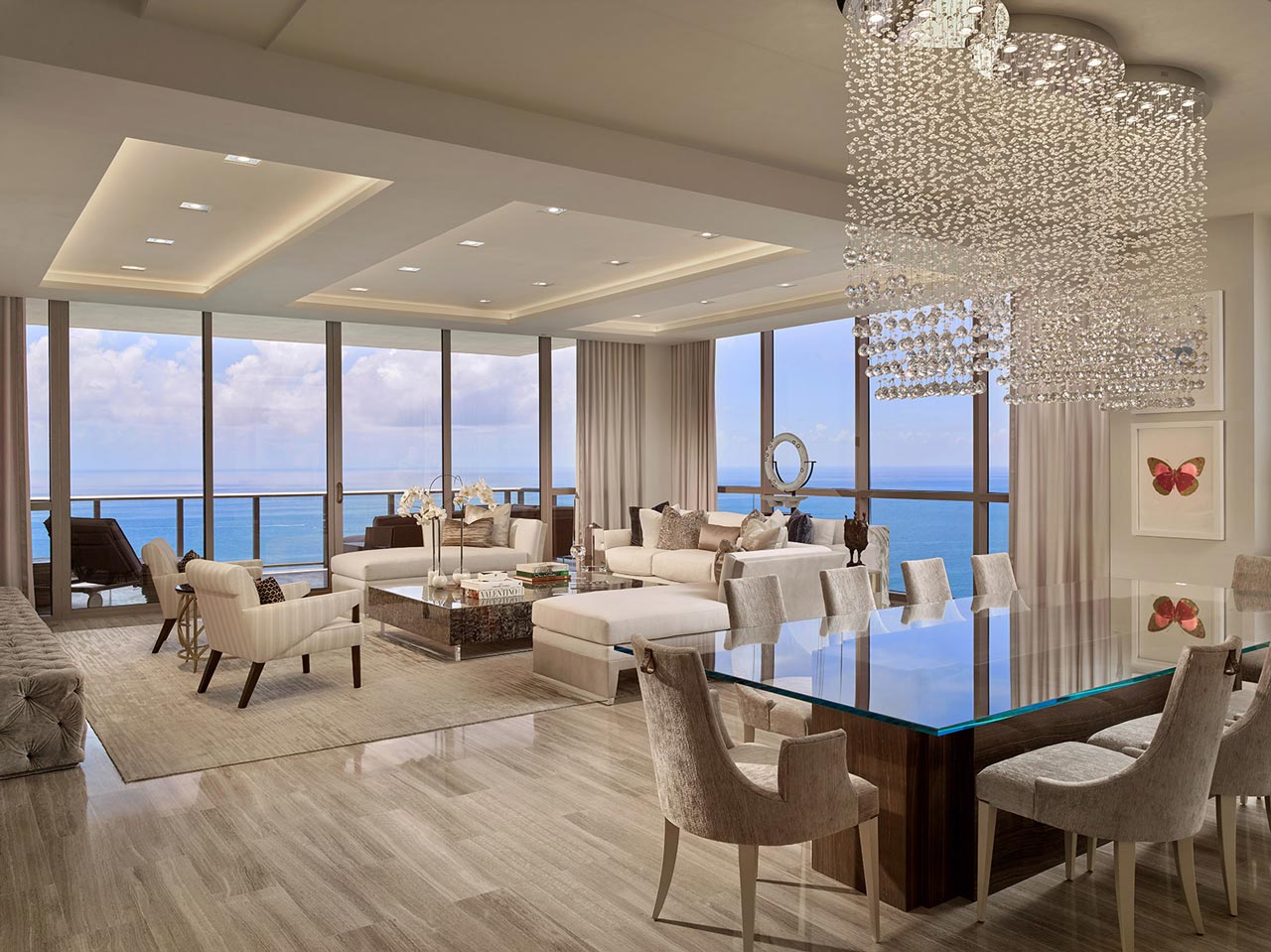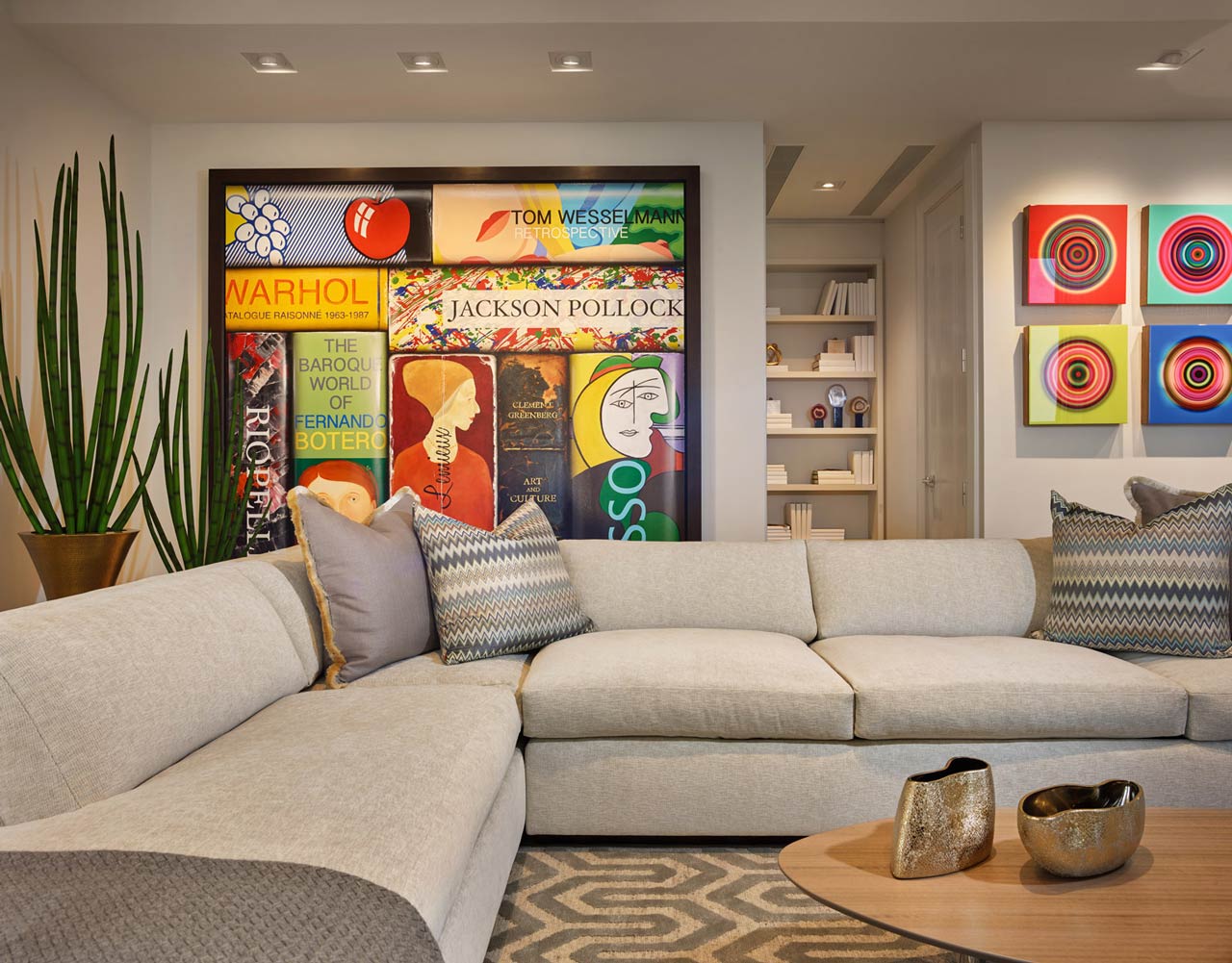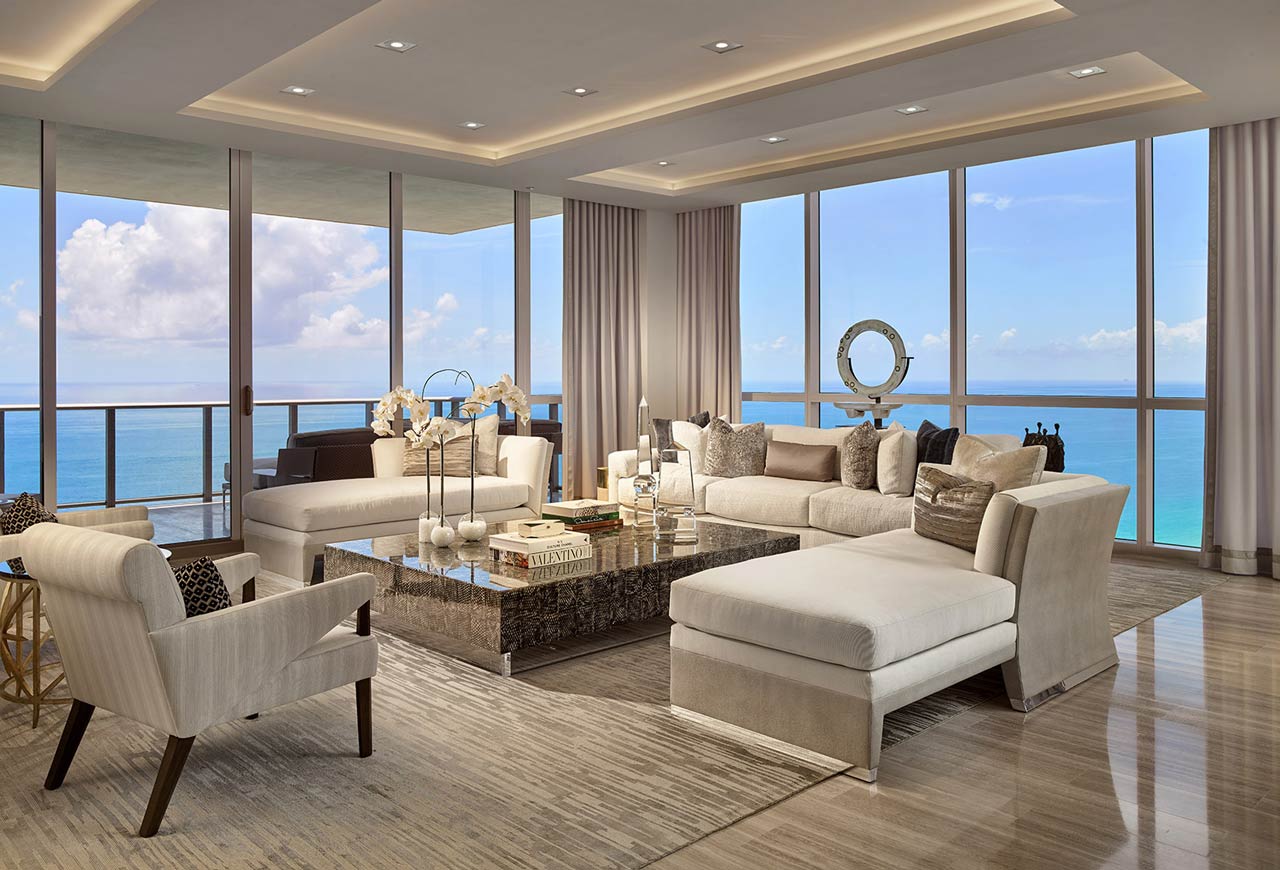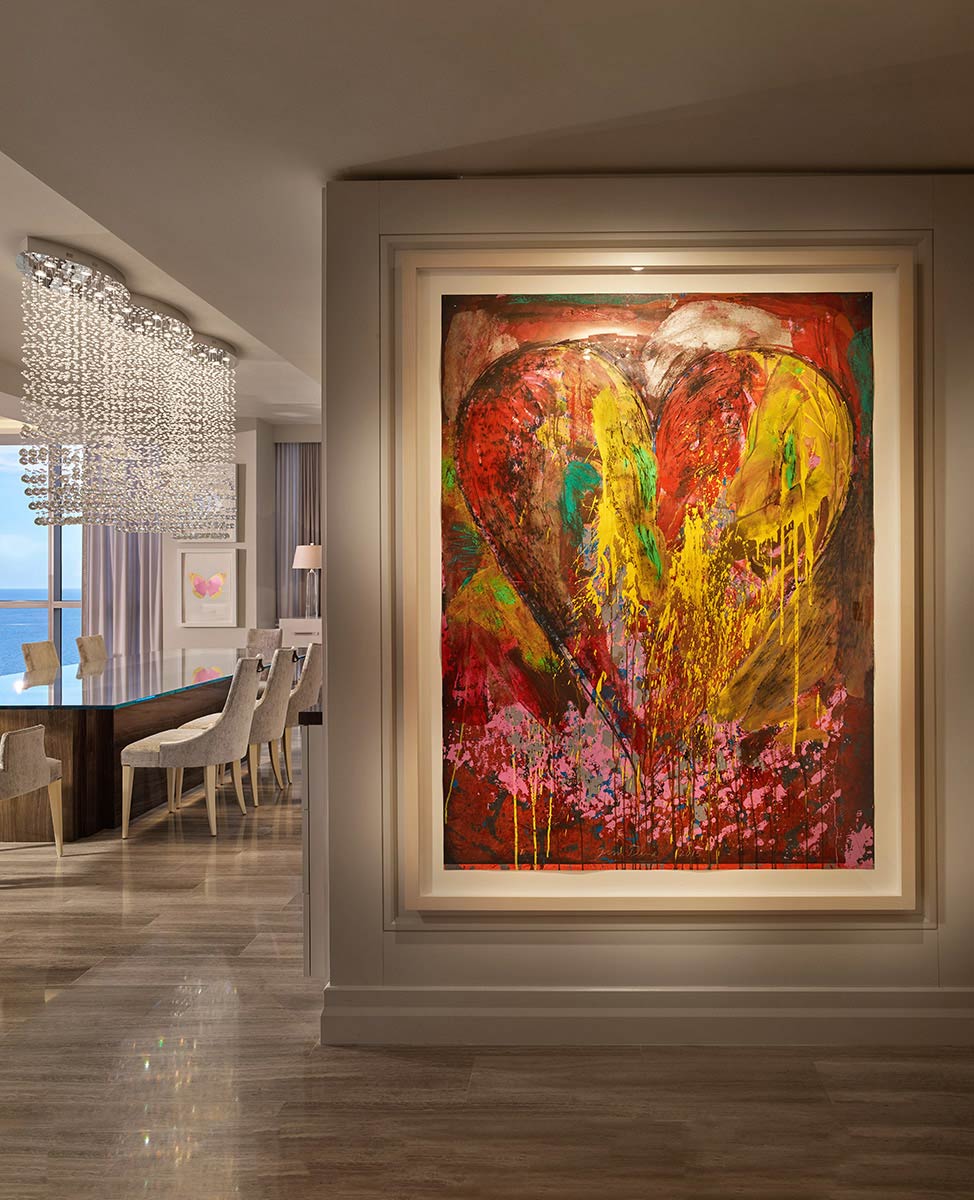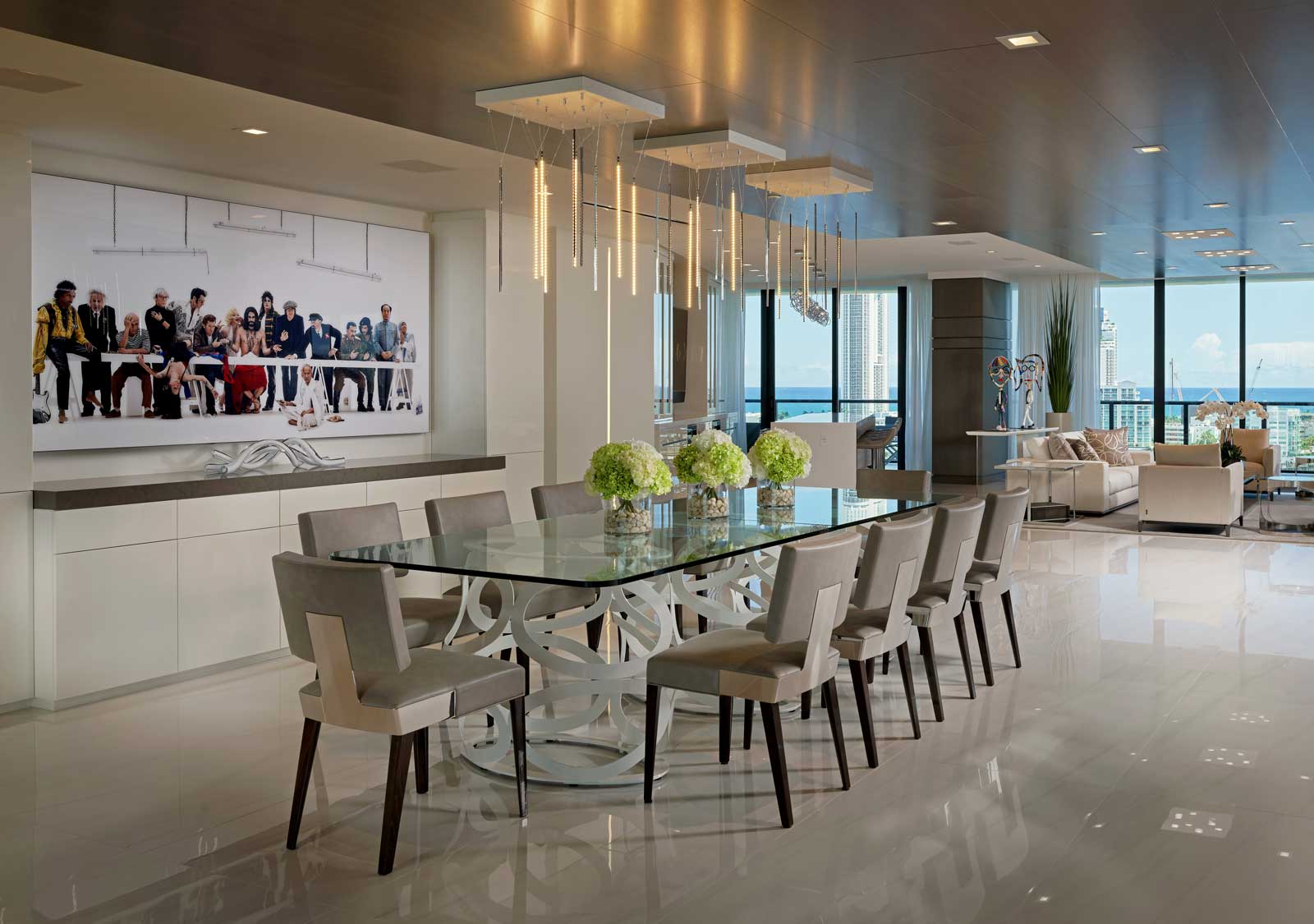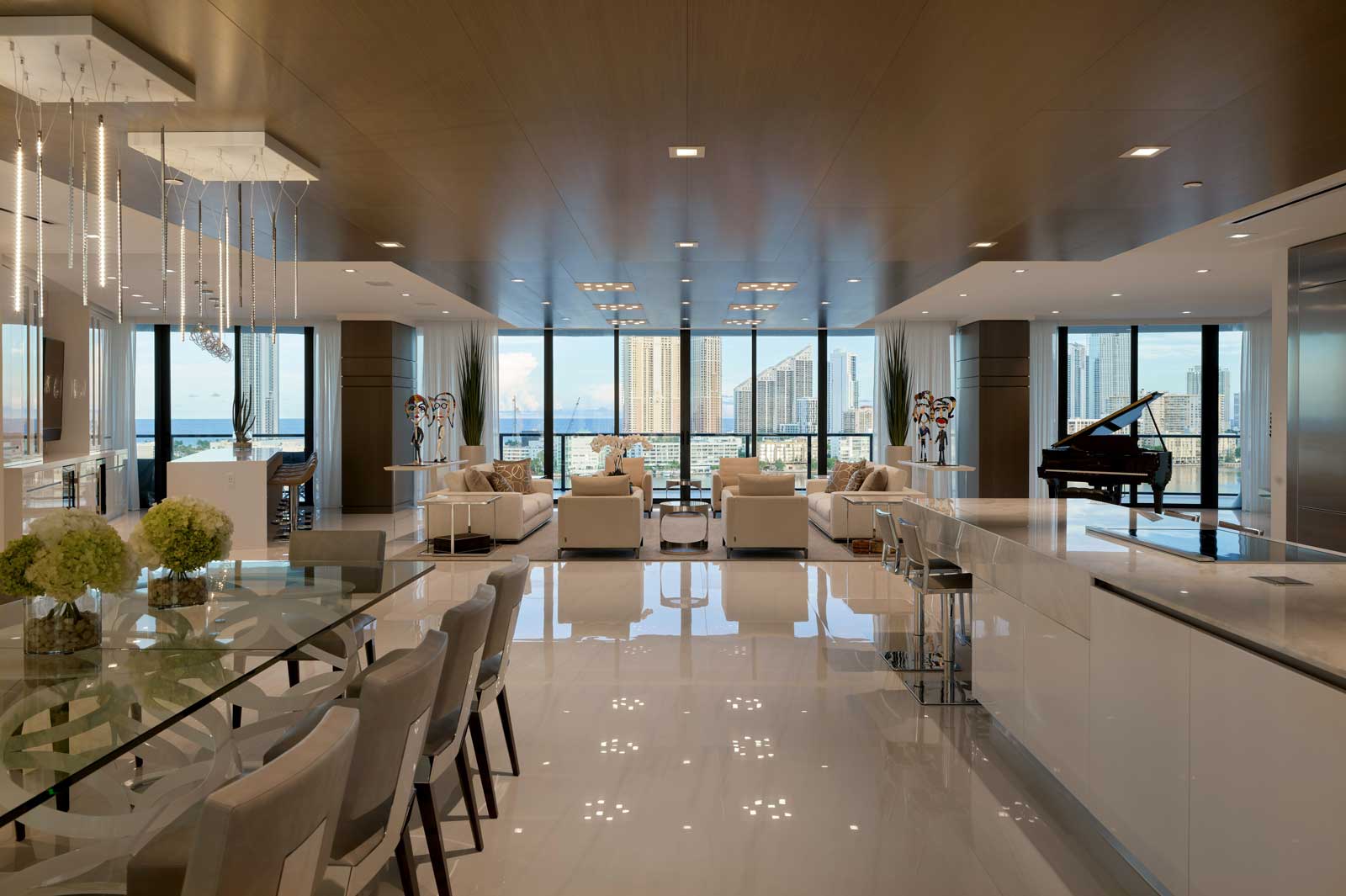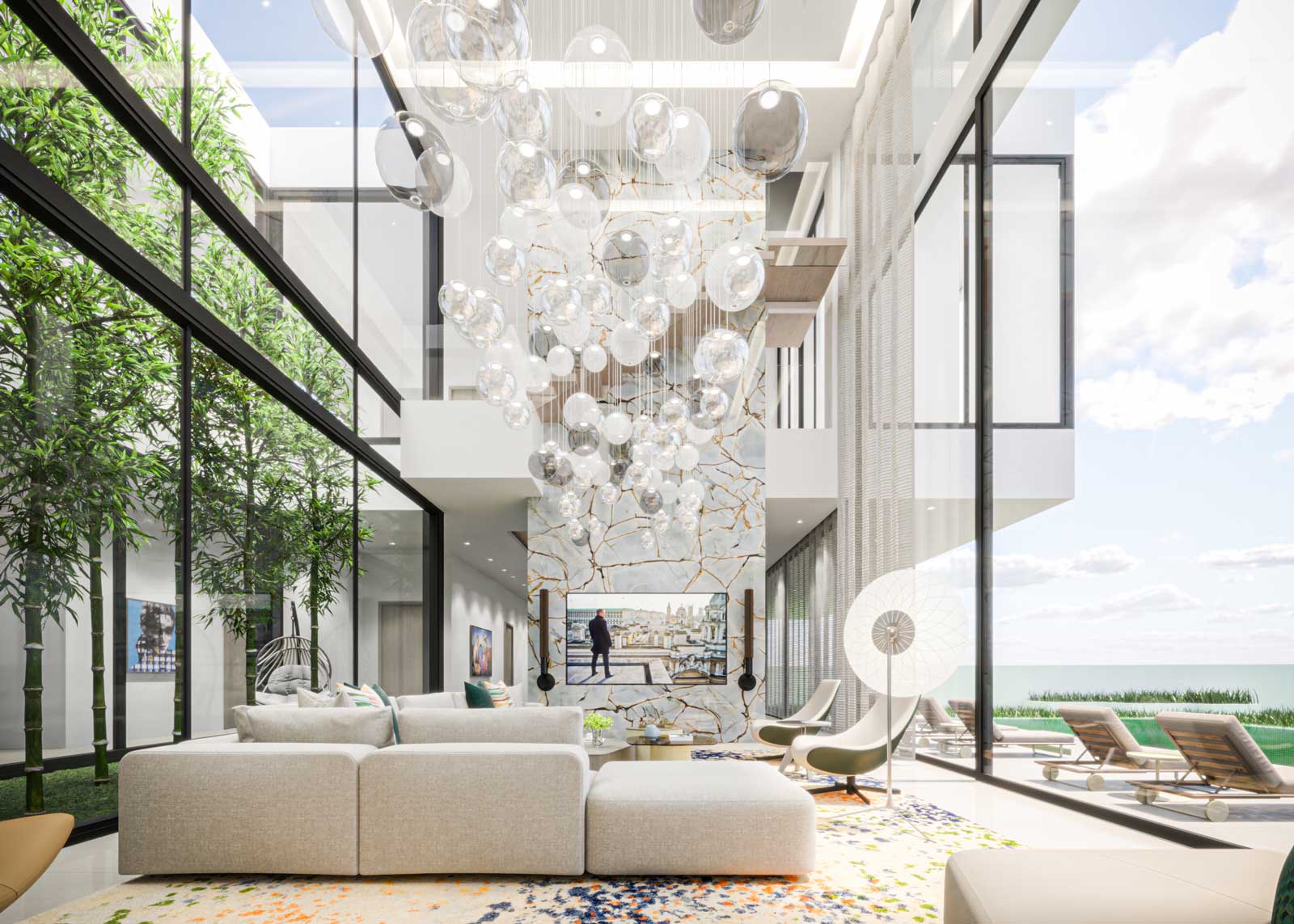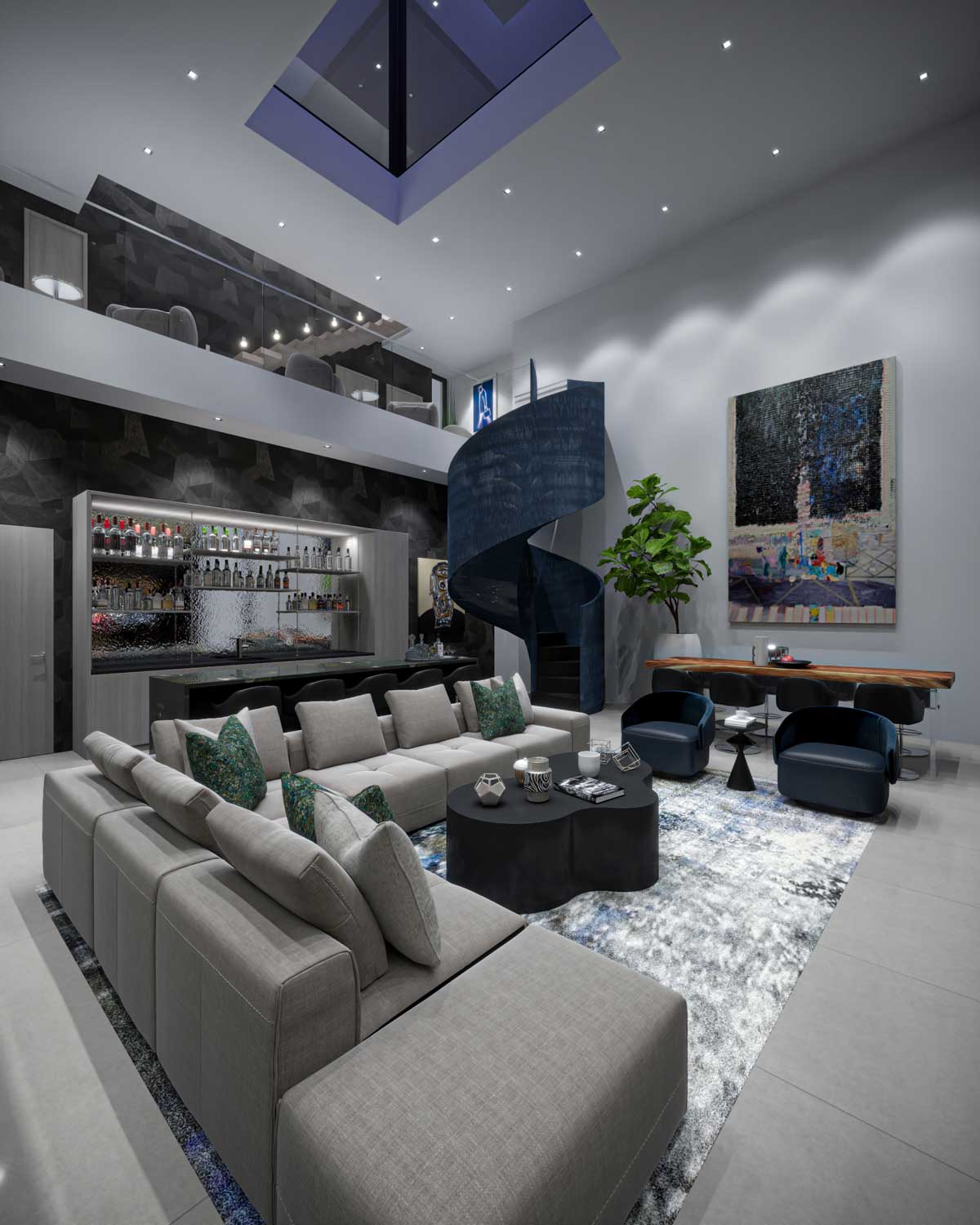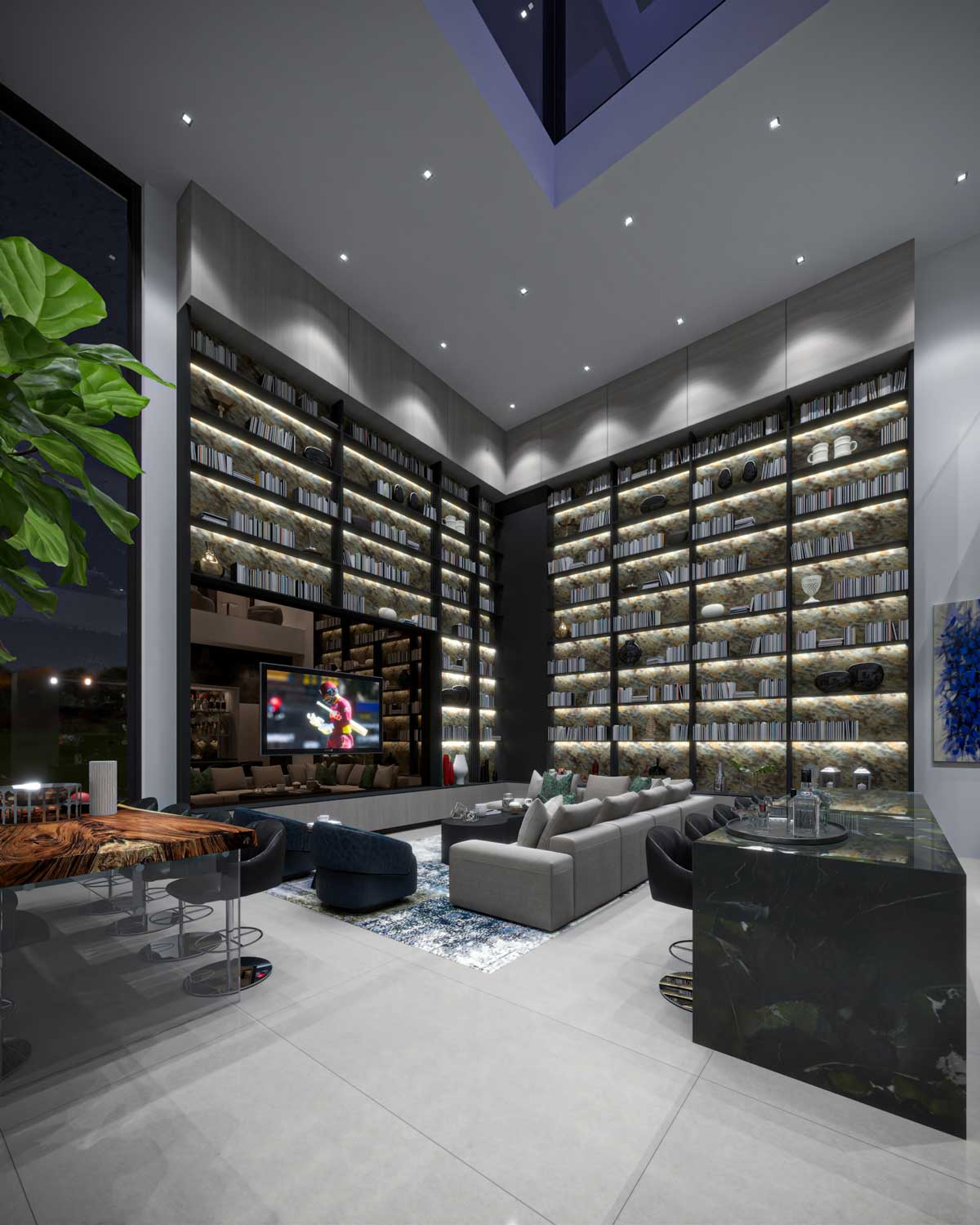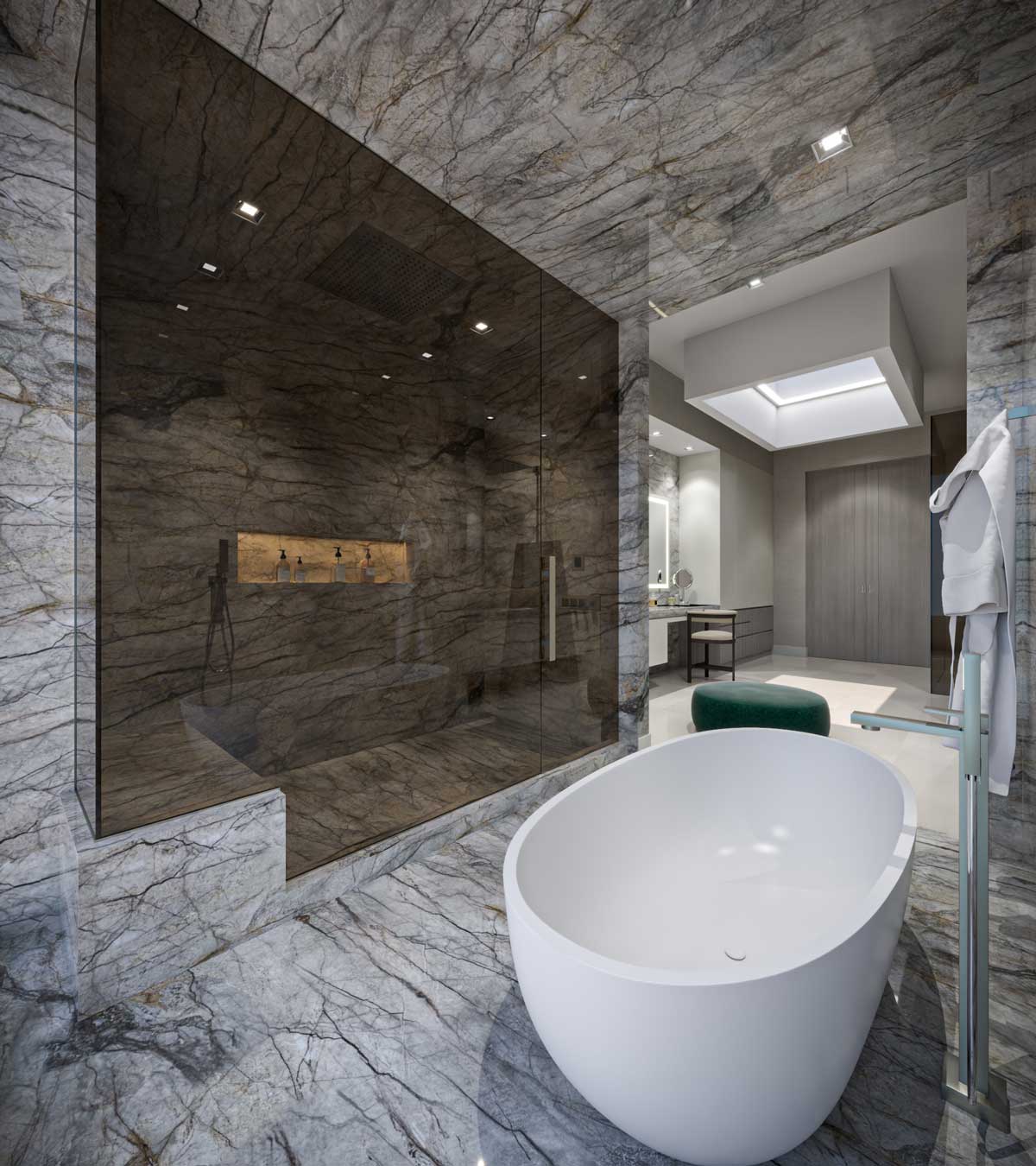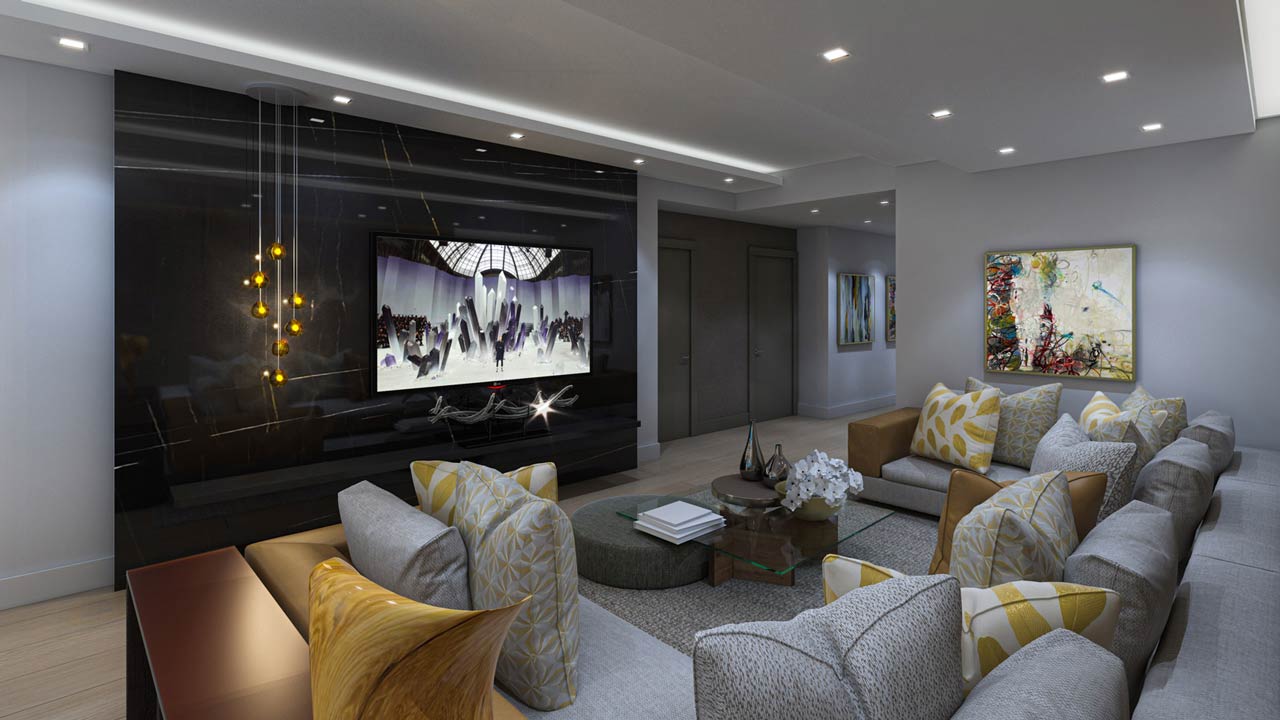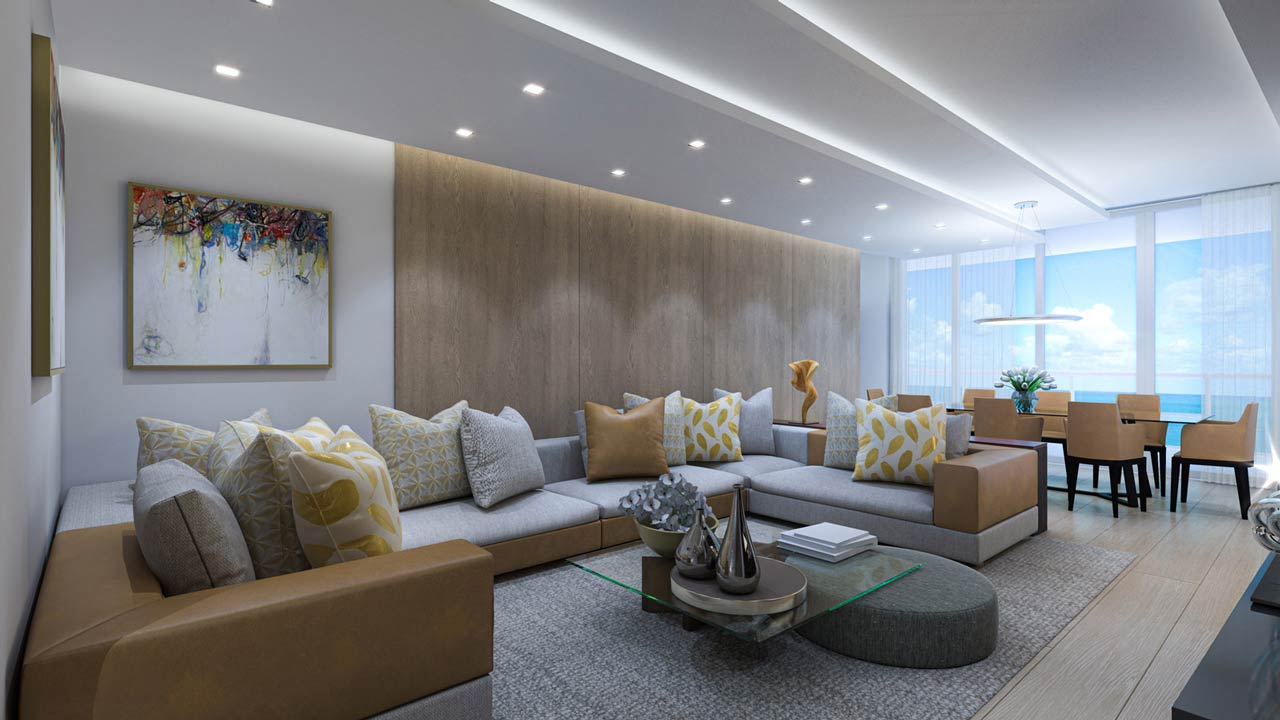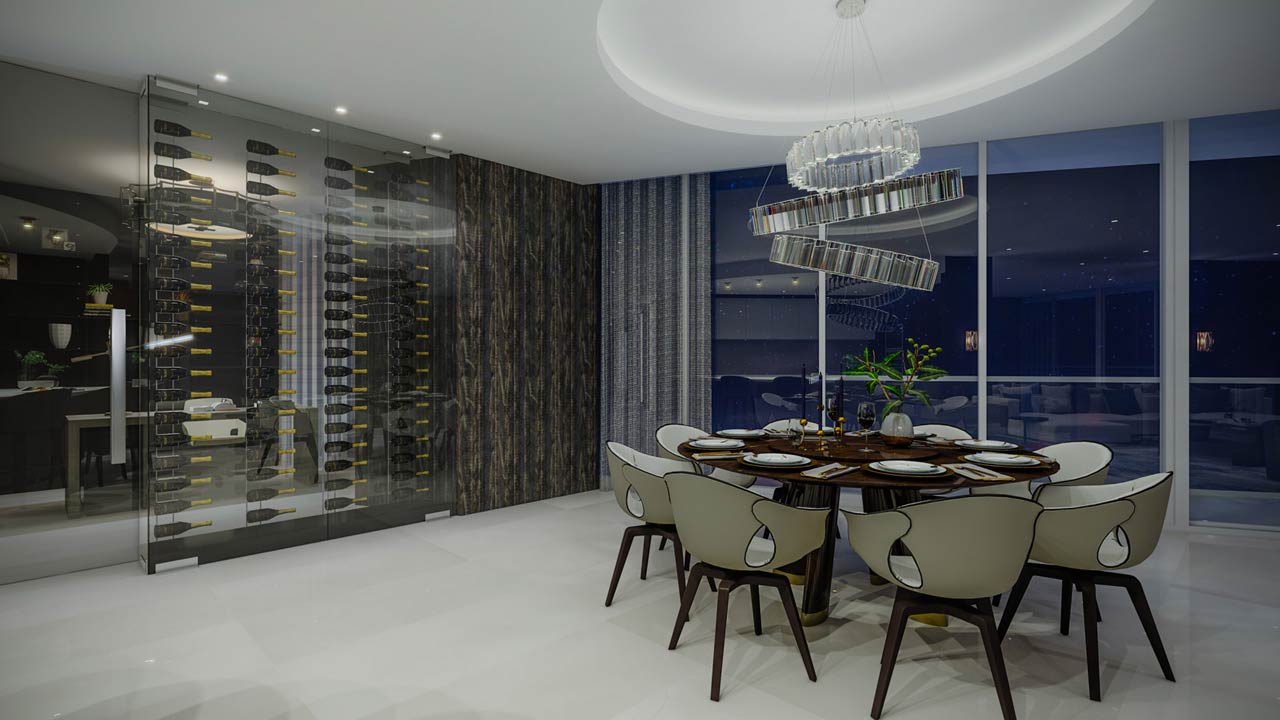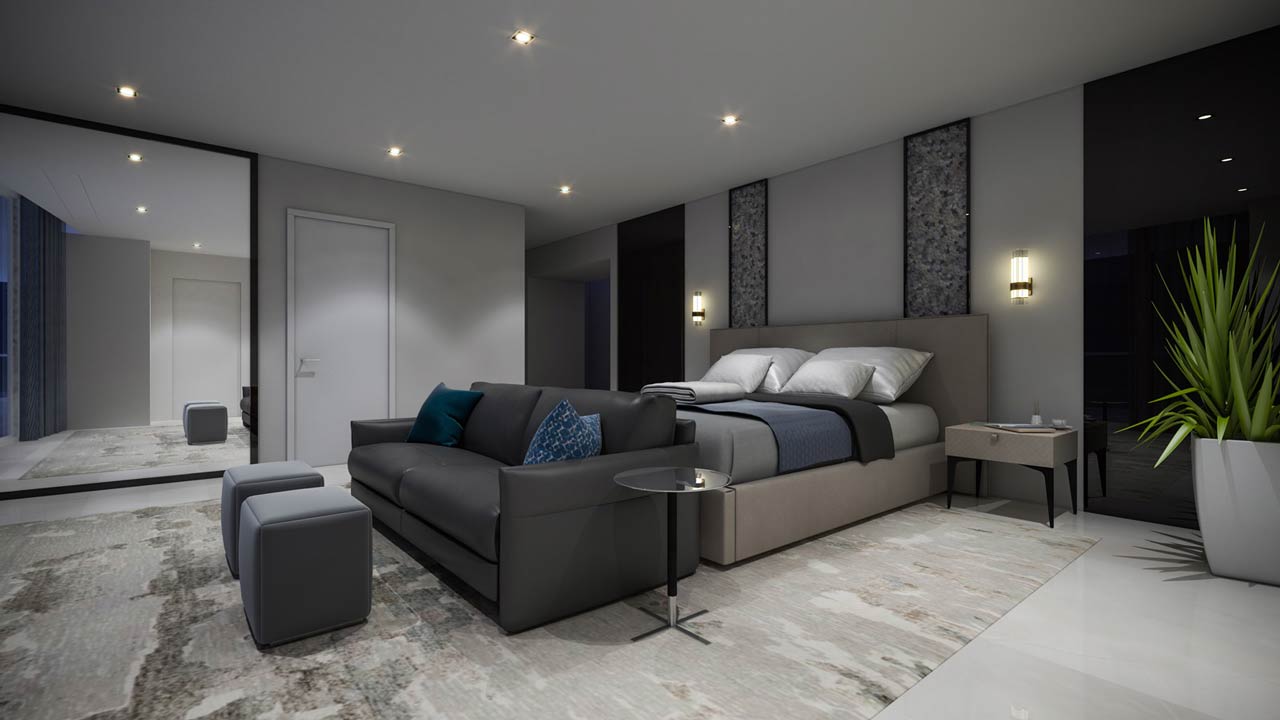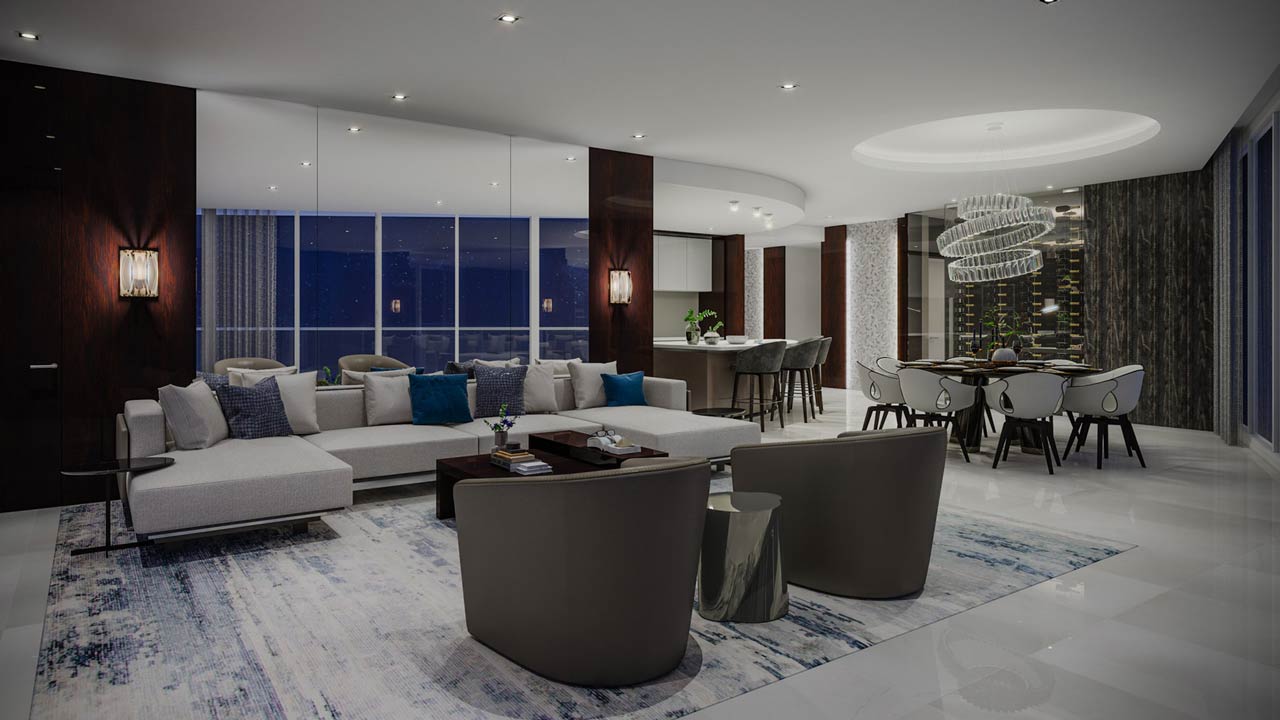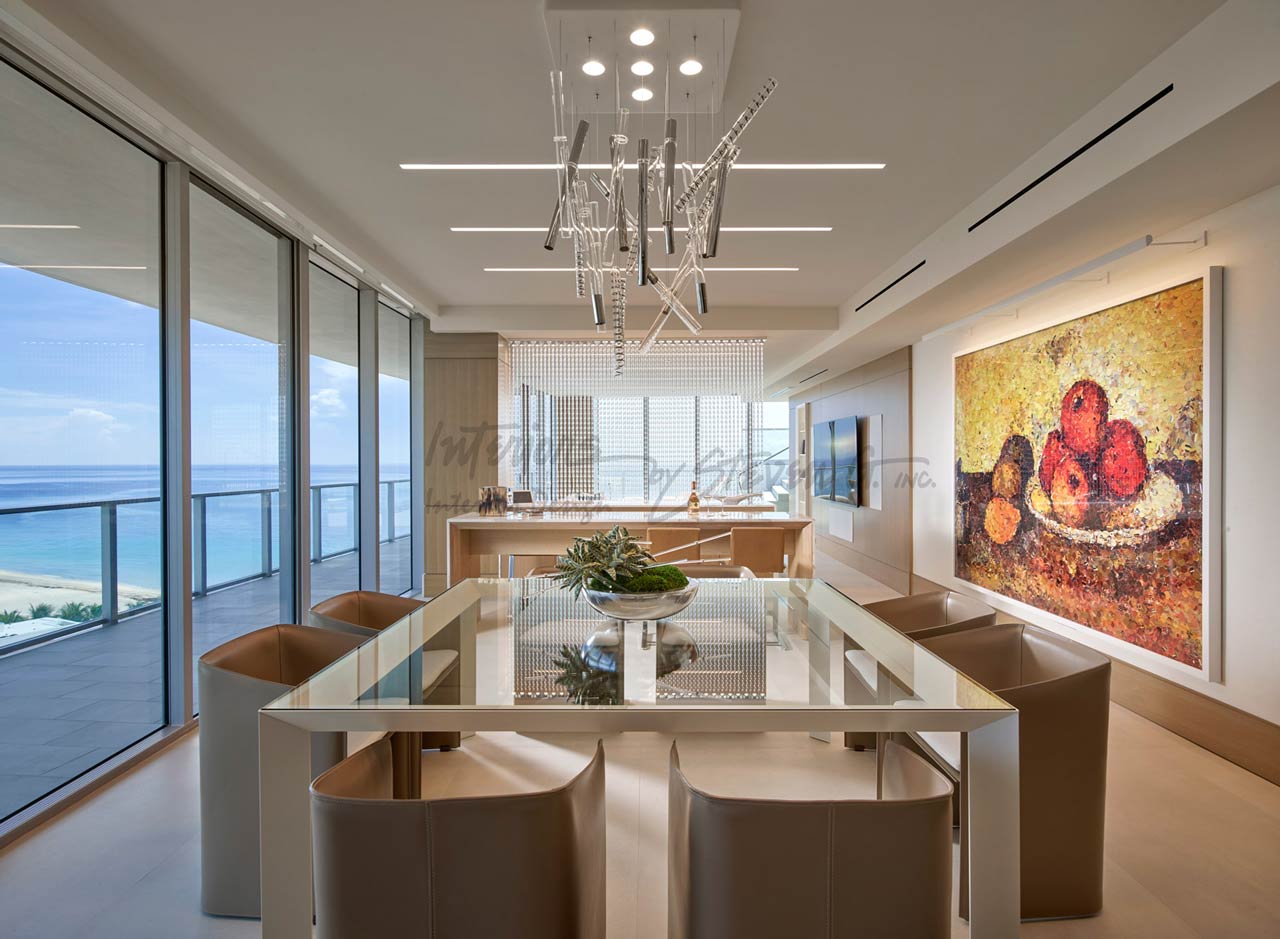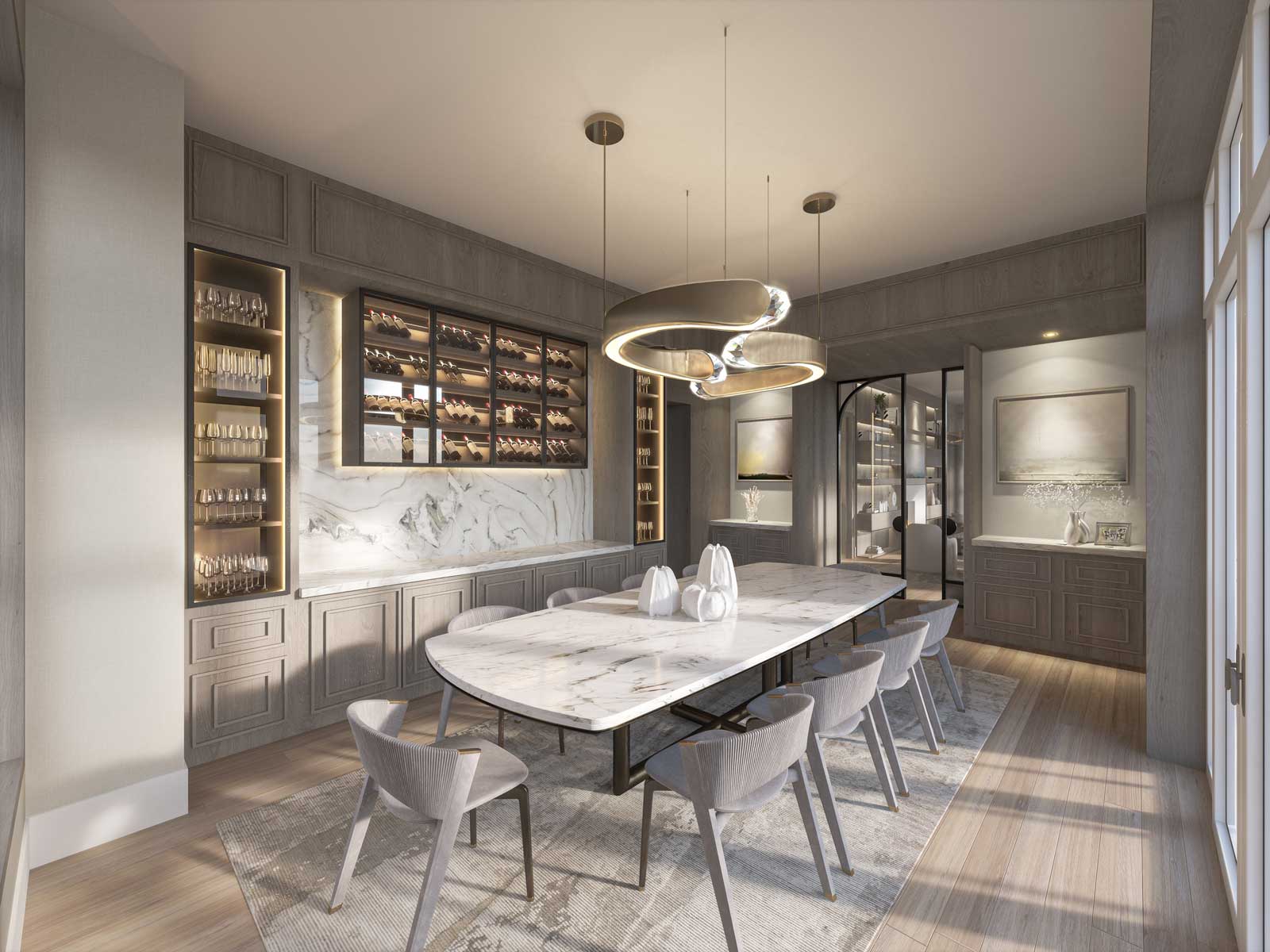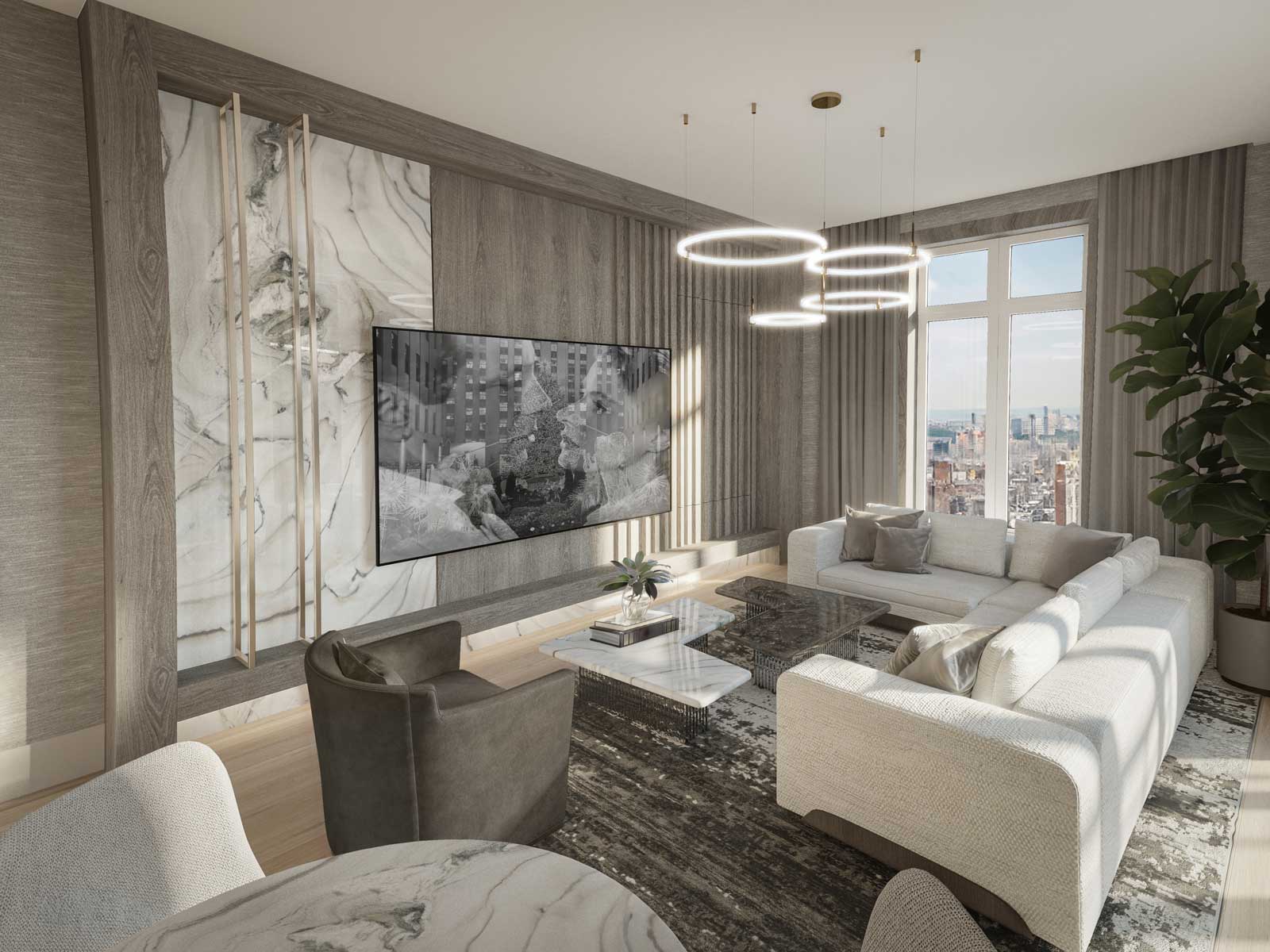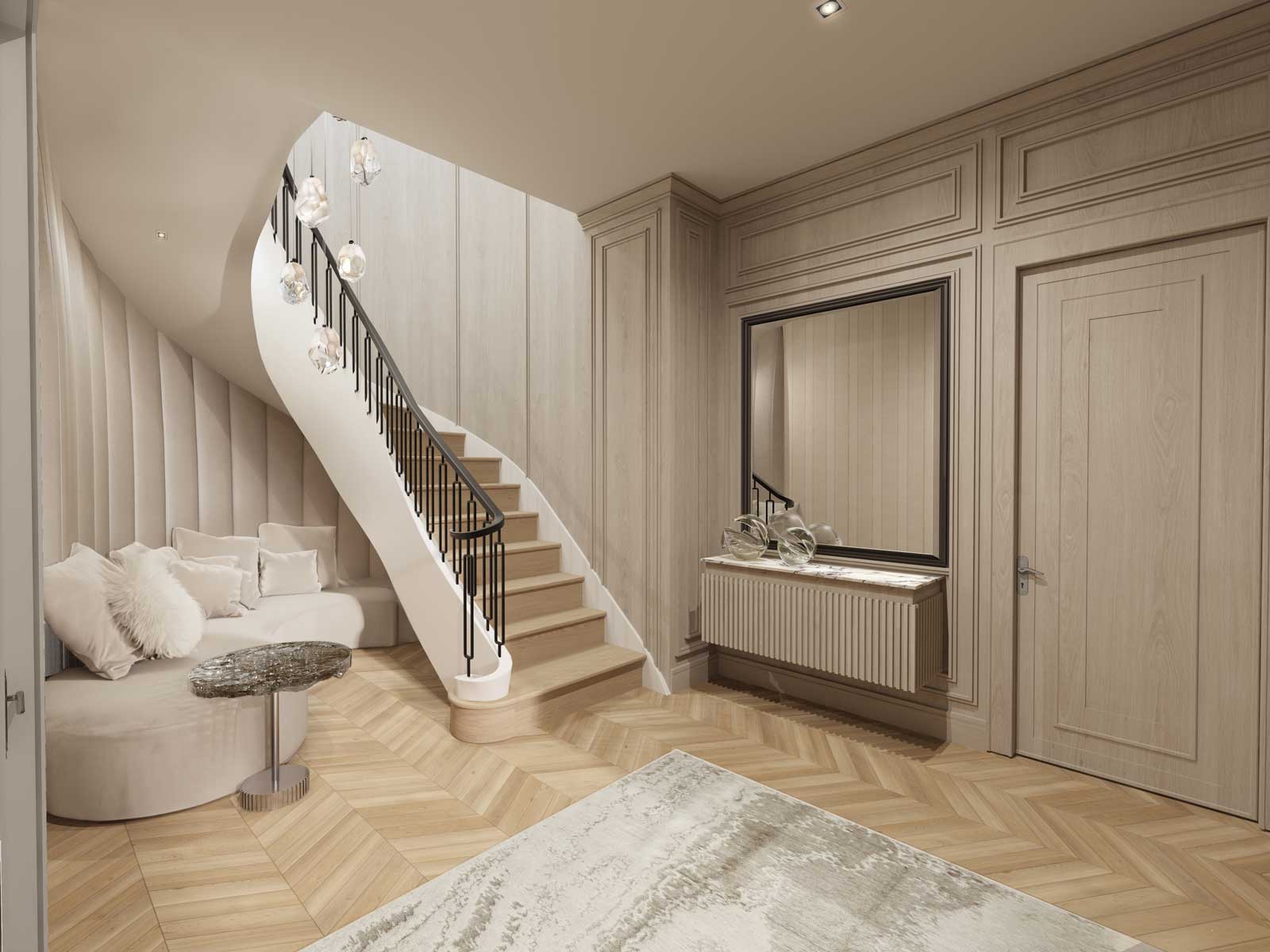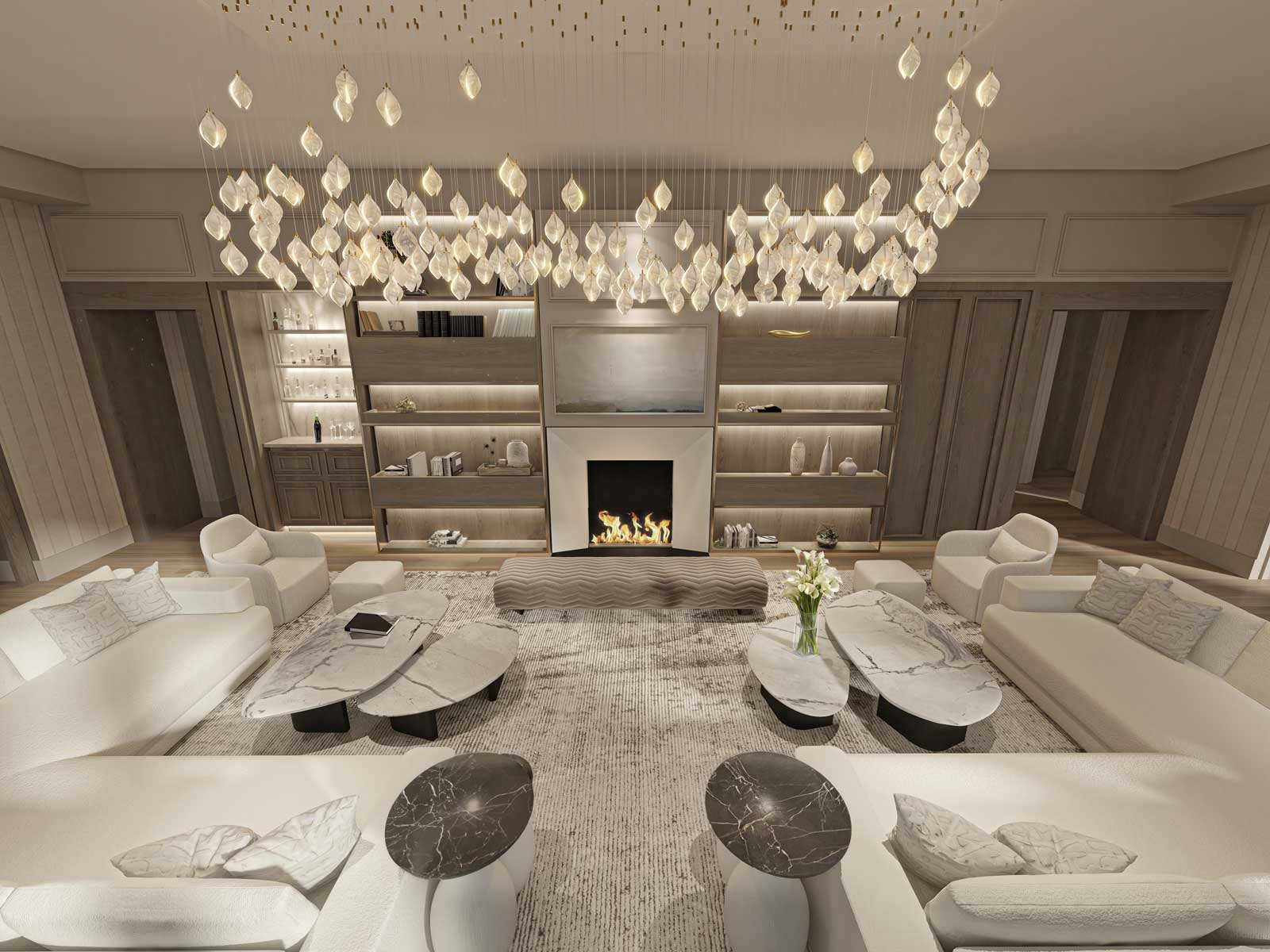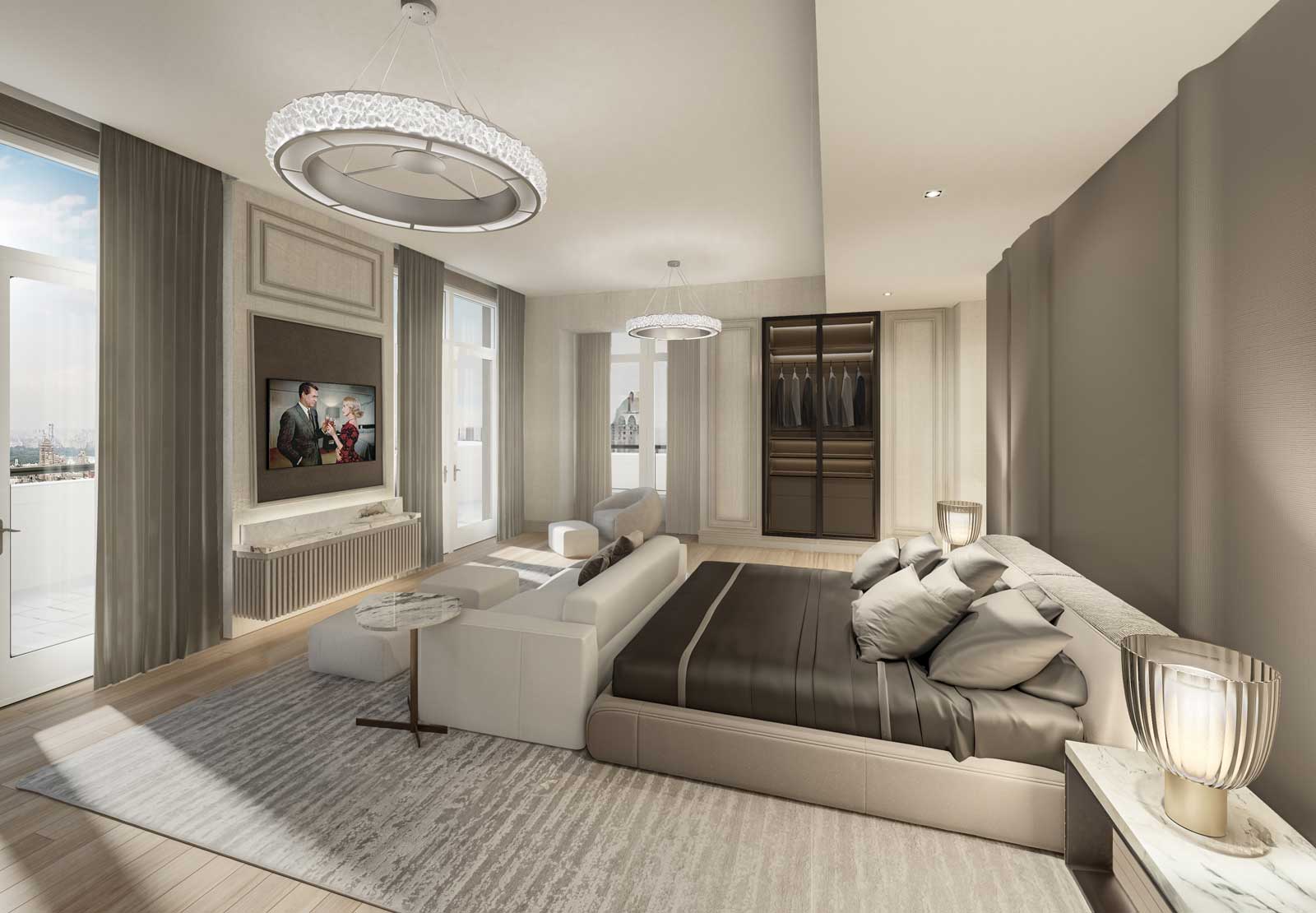A home’s interior colors are a powerful way to evoke emotion, create atmosphere, and influence behavior. As a foundational element of interior design, Interiors by Steven G. uses color to bring your vision to life. Learn more about how interior designers South Florida residents trust use color in their spaces.
Understanding Color Theory
Interior designers use color theory to determine a harmonious color scheme and mood. Color unifies a home through its use in furnishings, decor items, or paint colors. Utilizing color theory can make a room feel bigger, smaller, energizing, or calming. The history of color psychology goes back hundreds of years and uses dimension, contrast, and temperature to achieve a client’s desired aesthetic.
Color Dimension
Colors are dimensional, a product of hue, value, and intensity. Hue is pure color, not affected by any tint or shade, value refers to the lightness or darkness of a color, and intensity is the strength of the color. A room with predominantly bright values feels bright, while a room with darker hues would feel cozy. Interior designers understand the relationship between these factors and make color selections from the same relative tint or shade family.
Contrast
Contrast creates visual interest in a room. It uses opposites for high or low-contrast drama through different colors or variations of the same color. A designer could use red and green, or different values of the same red to achieve this depth. Adding neutral shades to a colorful scheme provides balance and gives the eye a smooth transition between colors. Designers also evaluate the lighting in a space to make sure colors are perceived correctly.
Temperature
Hues are categorized as warm and cool temperatures. Warm colors are welcoming and energizing, while cool colors feel relaxing. Using the same temperature lighting intensifies a color; opposite lighting neutralizes it. Skilled interior designers South Florida residents choose to make color choices after evaluating factors such as:
- Direction. South-facing rooms receive a lot of daylight and often benefit from cool colors.
- Environment. Warm colors can increase comfort in a cold climate, and cool colors refresh tropical homes.
- Client preference. Designers take any preferred or disliked colors into account when working with a client.
- Room use. Stimulating warm colors works well for home offices or gyms. Cool colors are relaxing for bedrooms or lounge areas.
Applying Color Theory
Employing specific techniques to apply color theory avoids clashing colors in a home. Interiors by Steven G works with clients to choose furniture, fabrics, decor, and more in a scheme that fits their space. These are examples of methods designers use when making color decisions.
The 60-30-10 Rule
The 60-30-10 rule states that 60 percent of the room should consist of the main color, 30 percent is a secondary color, and 10 percent is dedicated to balancing the colors. Pieces that are central to the room, such as a couch or rug, should stick to the main color. You want to use the secondary color in soft materials like pillows, blankets, or curtains. Lampshades, artwork, and other small items make up the remaining 10 percent. These choices may be different colors or varying hues of the same color for a more dramatic effect.
Appropriate Room Mood
Many designers encourage clients to draw color inspiration from nature, art, or fashion. Narrowing down a color mood based on this inspiration guides hue selection for a cohesive color palette. Applying color psychology further defines these choices, including:
- Calming cool hues for children’s spaces. Children are easily affected by their environment and serene colors help them focus.
- Refreshing colors for an adult primary bedroom. Wake up feeling refreshed with colors that help the body to feel relaxed.
- Energizing tones in a bathroom. Start the day getting ready in a space that perks you up.
Use a Color Wheel
Look at the color wheel for ideas on color pairings. Shades on opposite sides of the color wheel are complementary and automatically contrast and balance each other. Complementary colors must still be in the same value family to work best.
Creating a Throughline
Designers often use a throughline of color to unify a home. Shades within one color family or variations of a single color create a flow where no room feels out of place. Another technique blends colors from the palette; every space uses one of the colors as its primary with the remaining colors as accents.
Find Interior Designers South Florida Trusts
Once a color palette is chosen, interior designers use textiles, light, and decor to bring a project to life. Color theory is used in fashion, art, advertising, and industrial design to instill certain feelings and send subliminal messages. Interior designers South Florida trusts, like those at Interiors by Steven G, use color to create spaces that reflect their client’s needs. Contact us to schedule an appointment.





